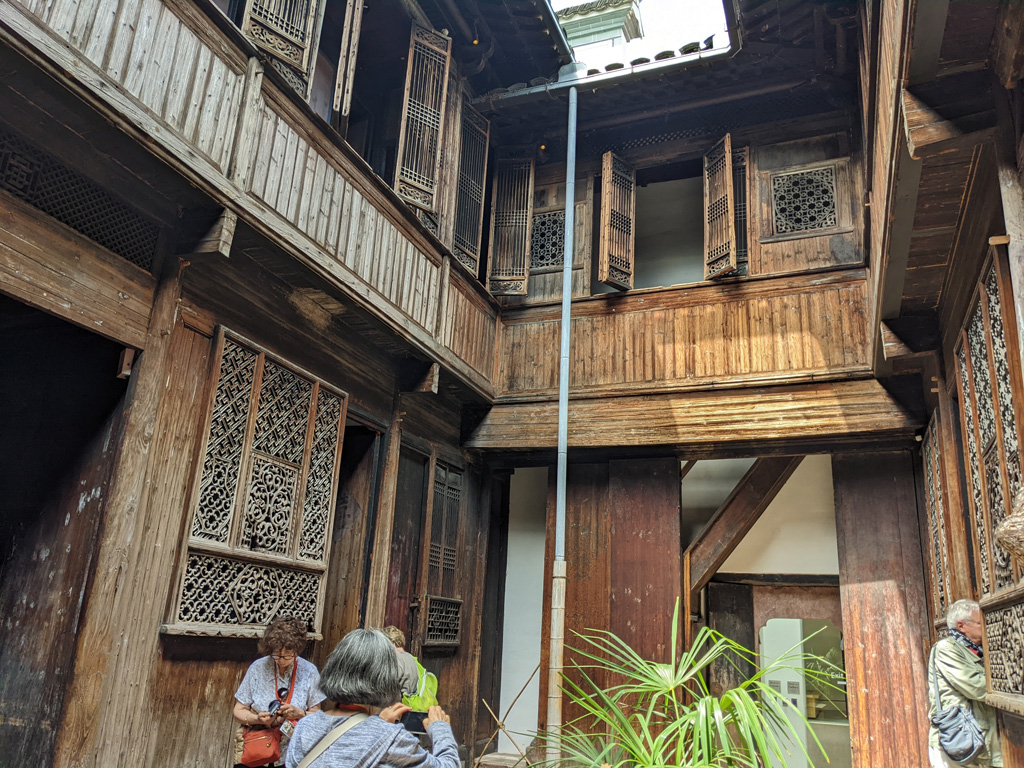
The main courtyard upon entry into the house. Only about 10-12 people are let in every half hour.
|
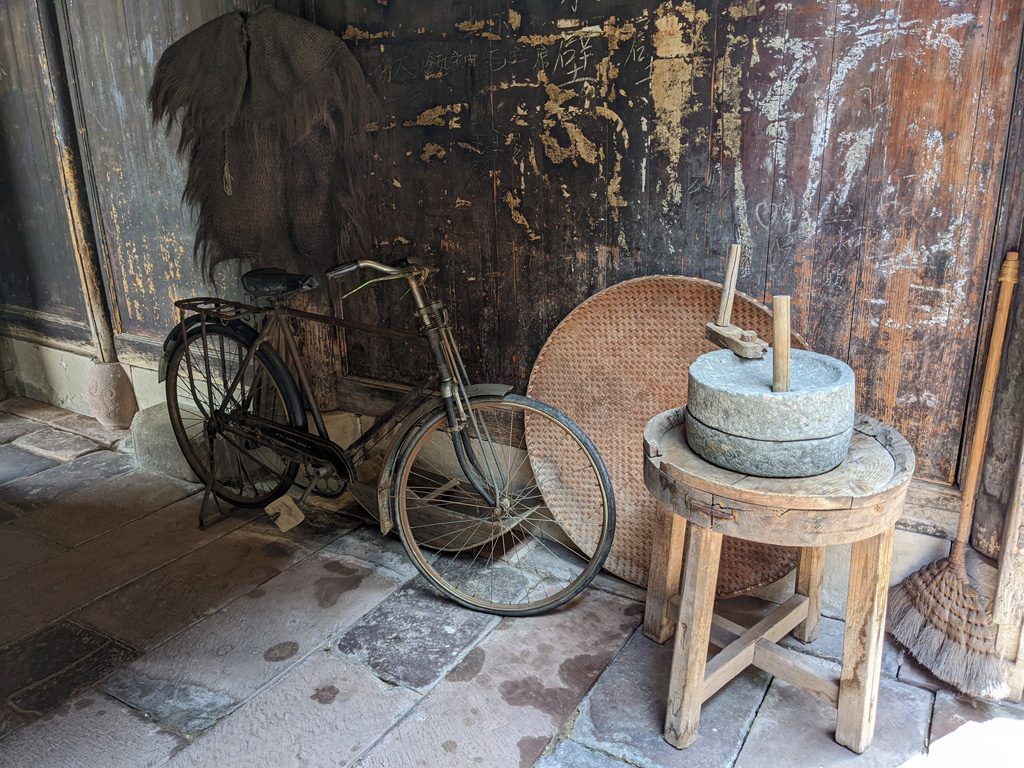
Mei-O learned to ride a bike just like this. It was her father's bike, and though she was too small to reach the seat, she'd just stick one of her legs
through the triangle the frame makes and, with one foot on each pedal, off she went.
|
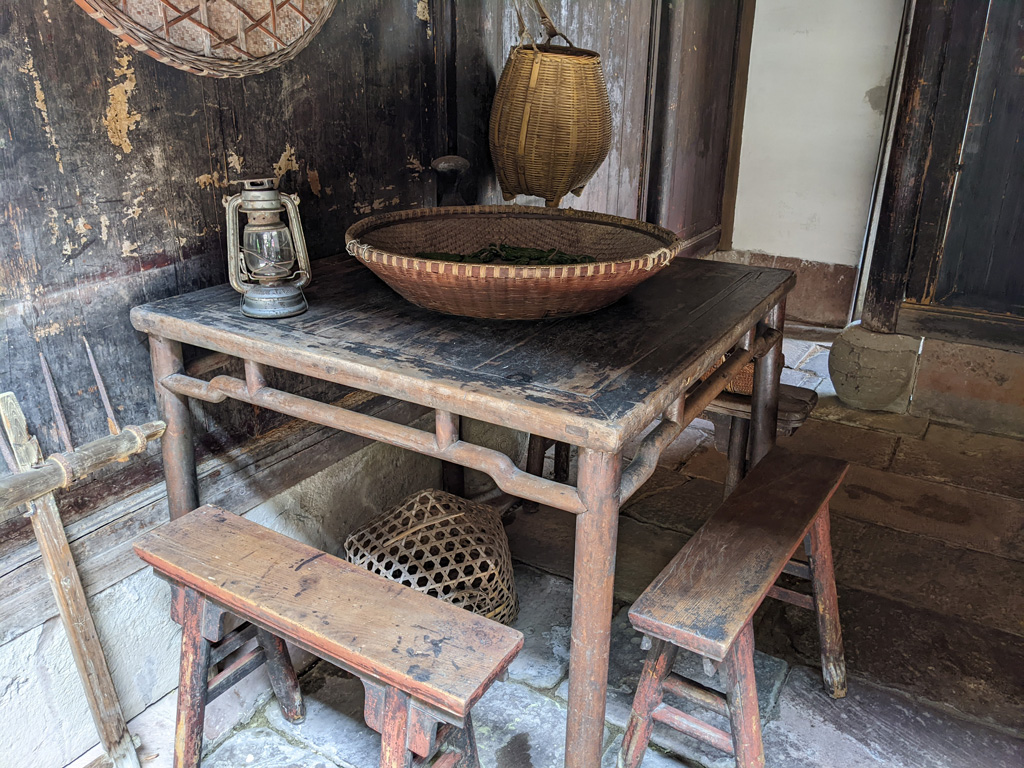
|
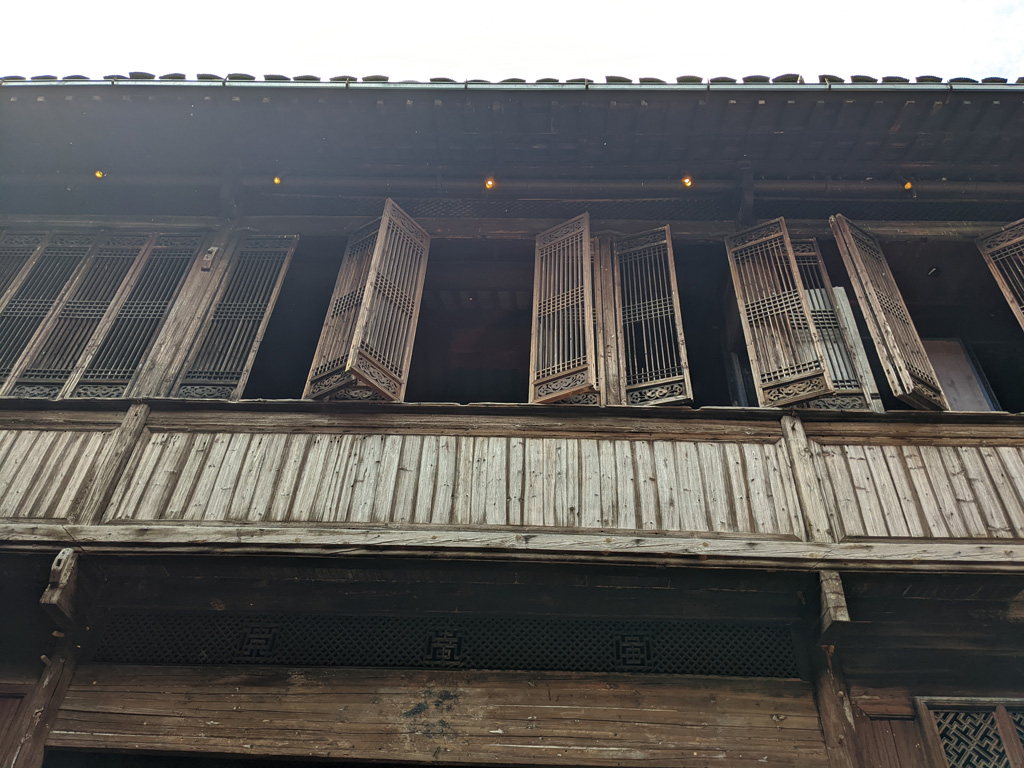
|
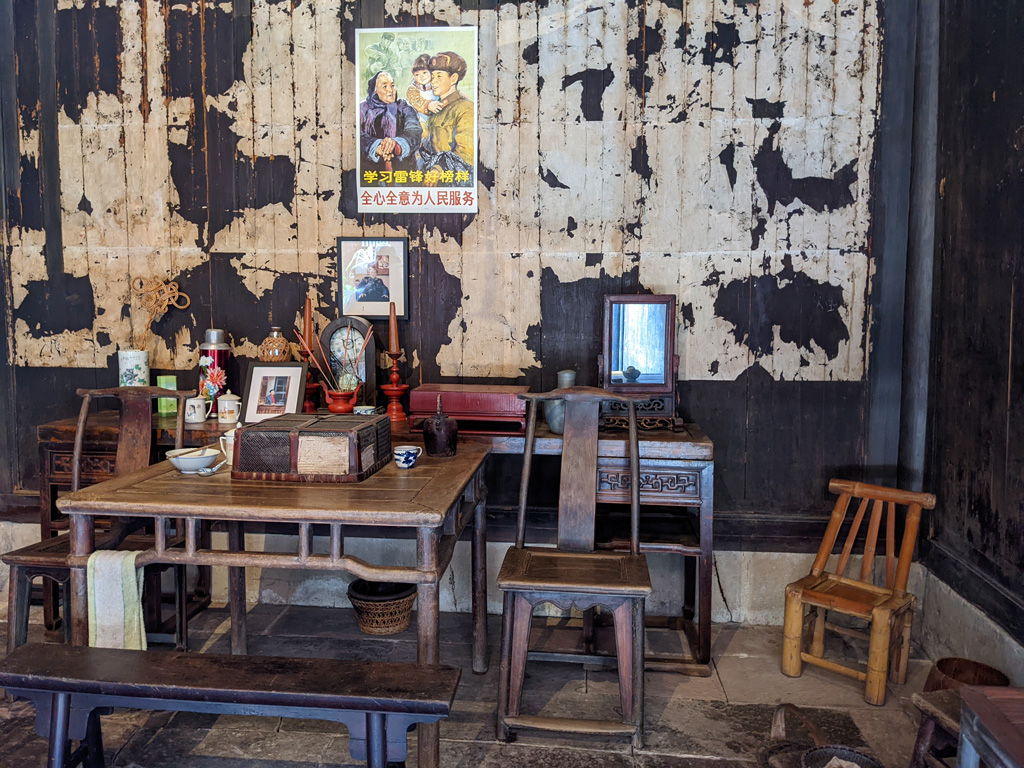
The poster reads, "Learn From Lei Feng’s Good Example. Serve the people wholeheartedly."
|
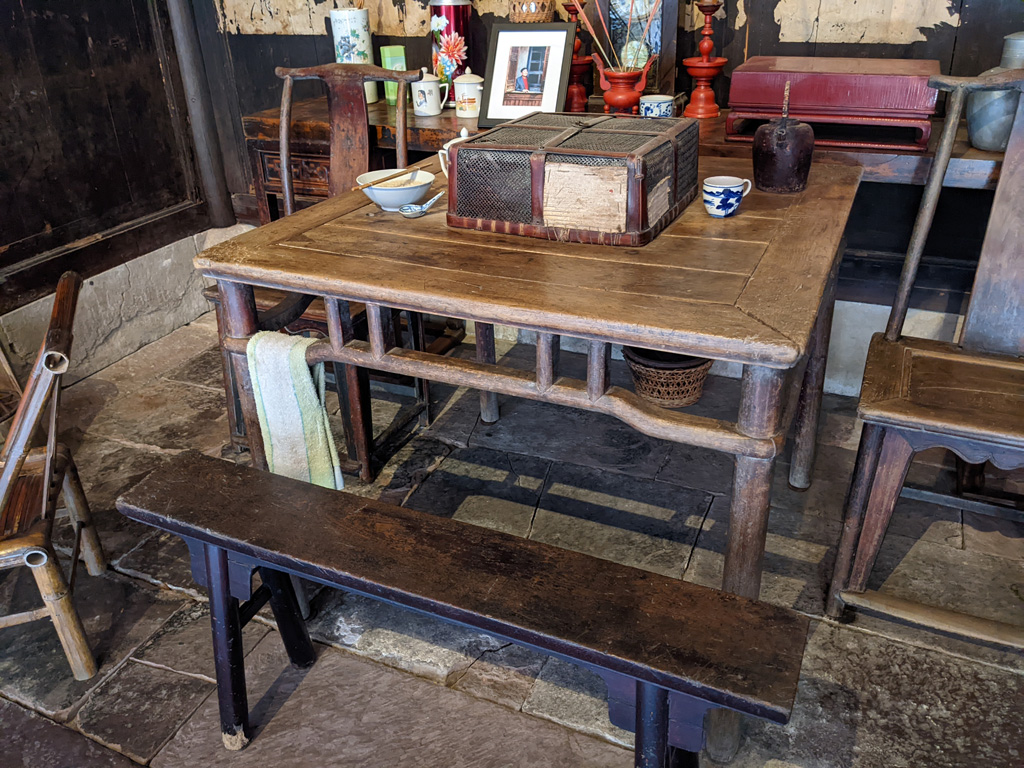
|
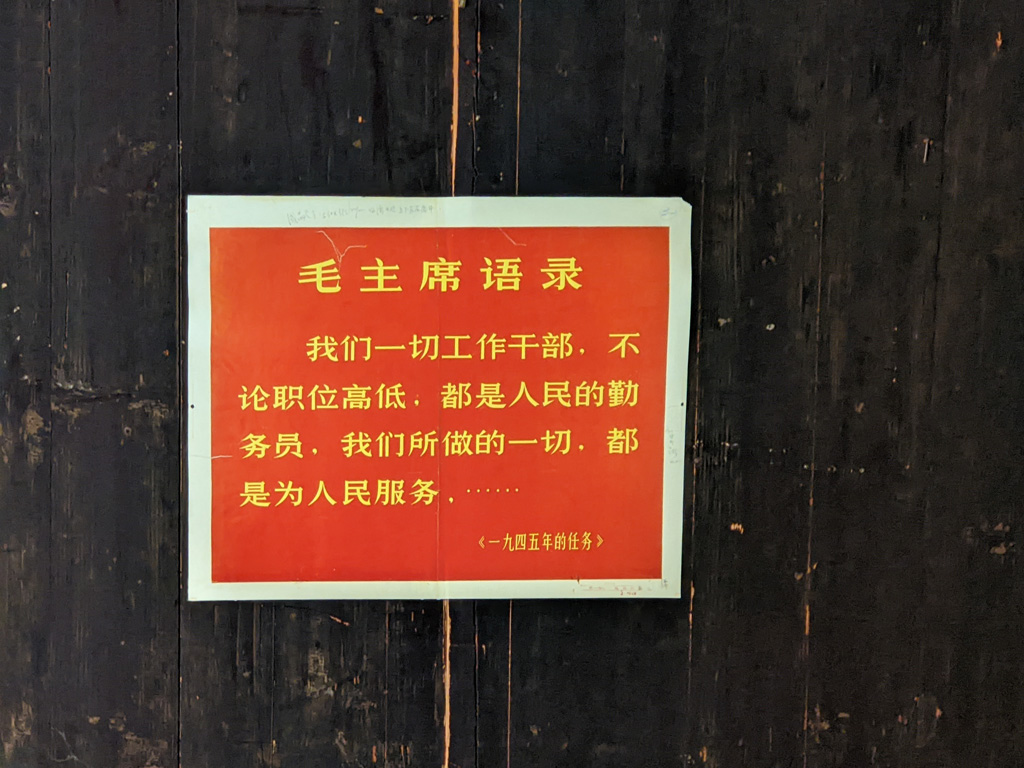
A quote from Mao Zedong.
"All our working cadres, regardless of the level of position, it is the diligence of the people, everything we do is to serve the
people, ......"
(The Task of 1945)
|
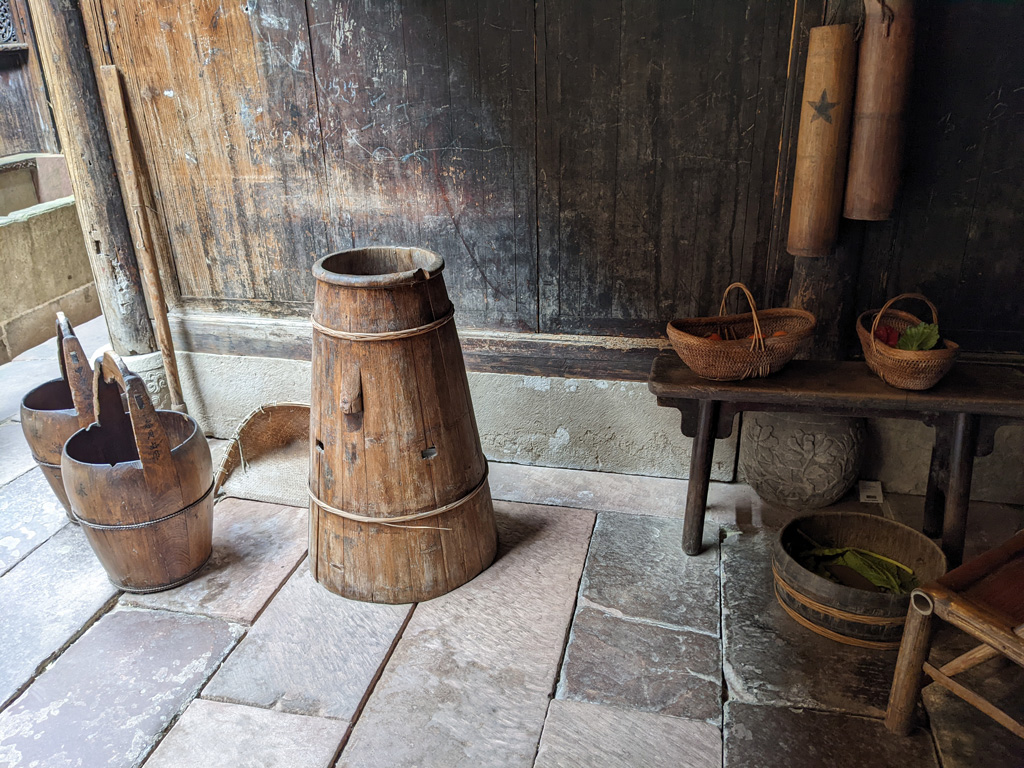
This is a 火桶. Click here (from the museum's brochure about the house) to see its surprising use.
|
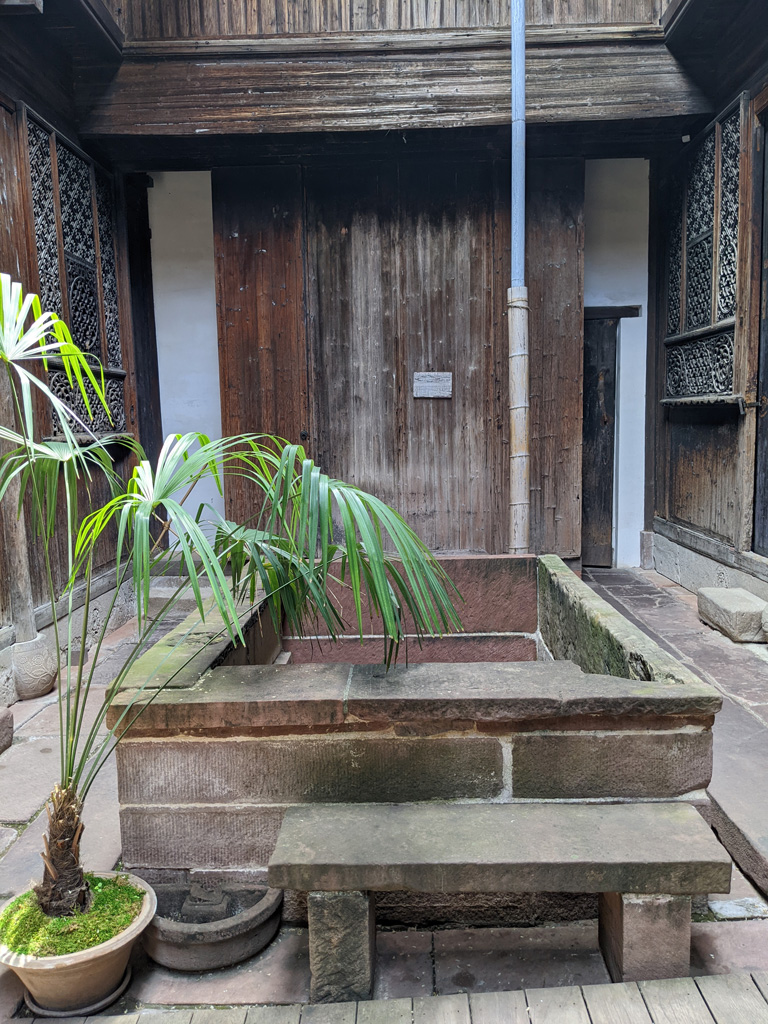
|
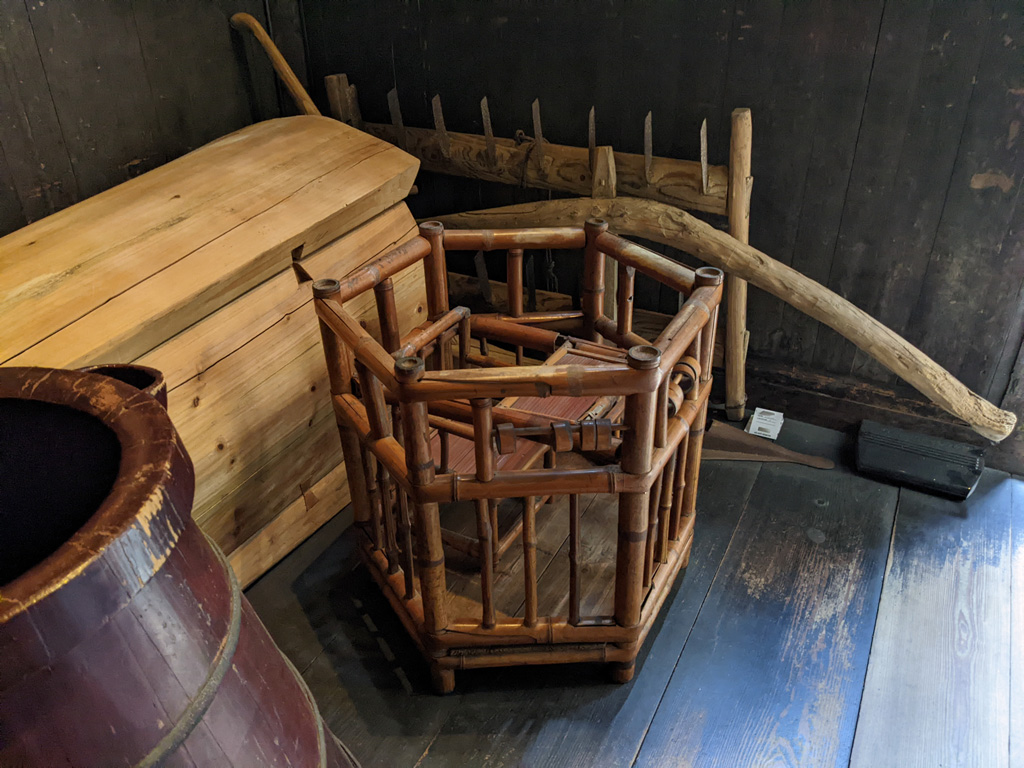
An infant or toddler seat.
|
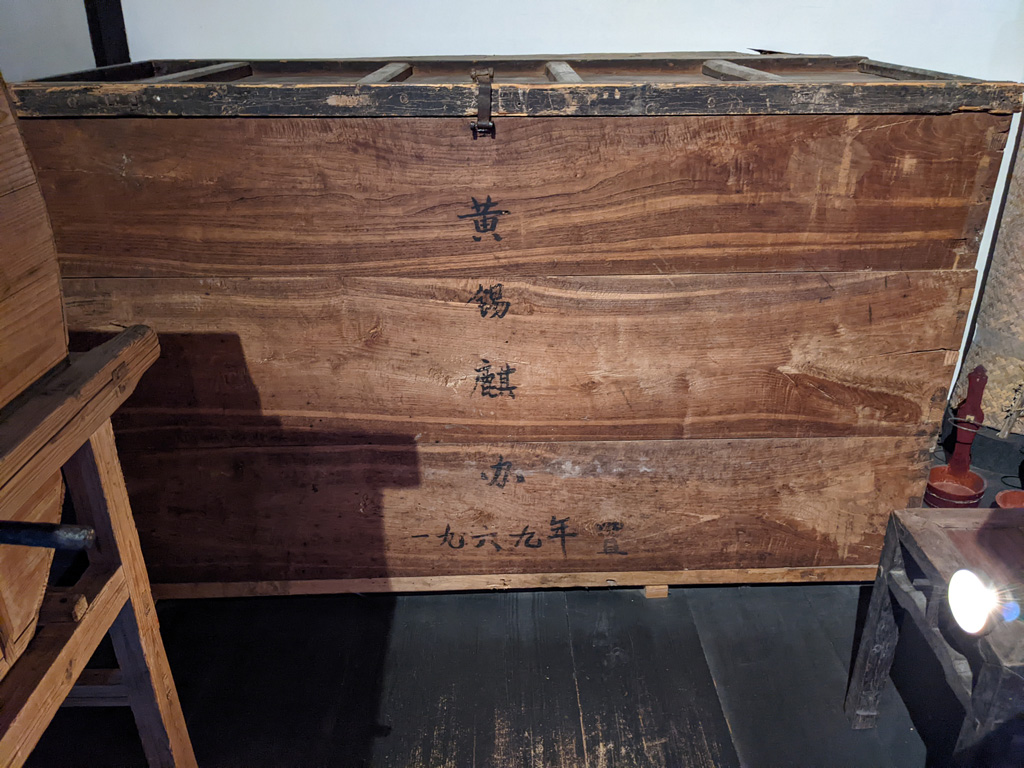
|
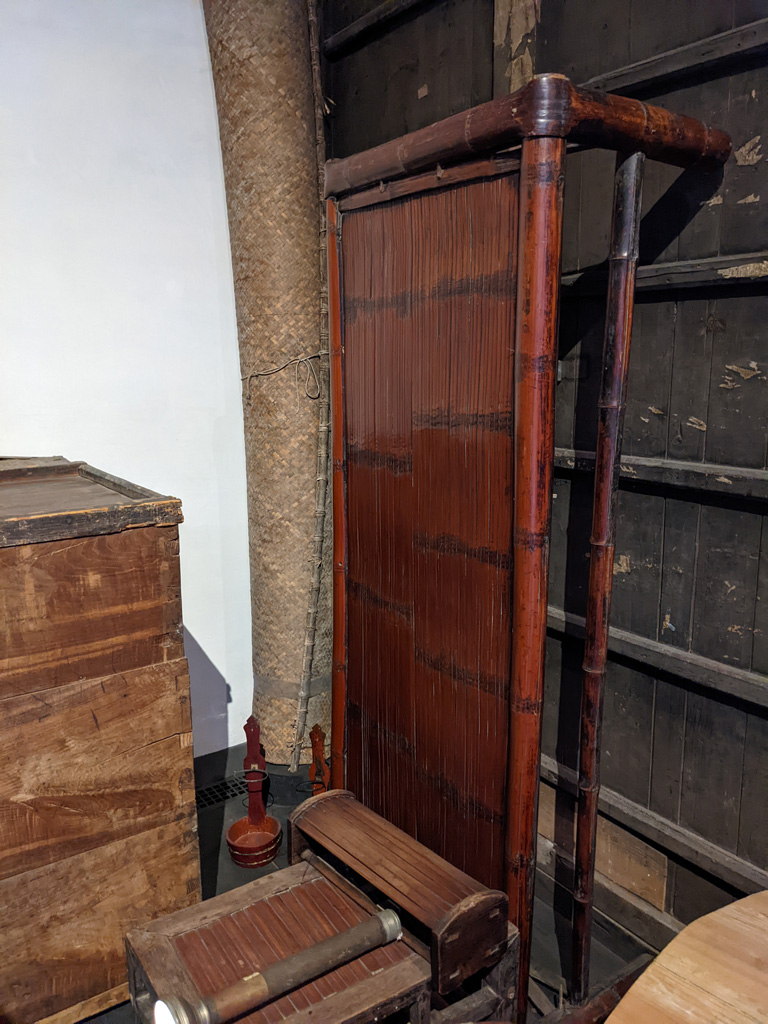
Leaaning against the wall is a bamboo bed, similar to one Mei-O and I slept in when we lived in Taiwan.
|
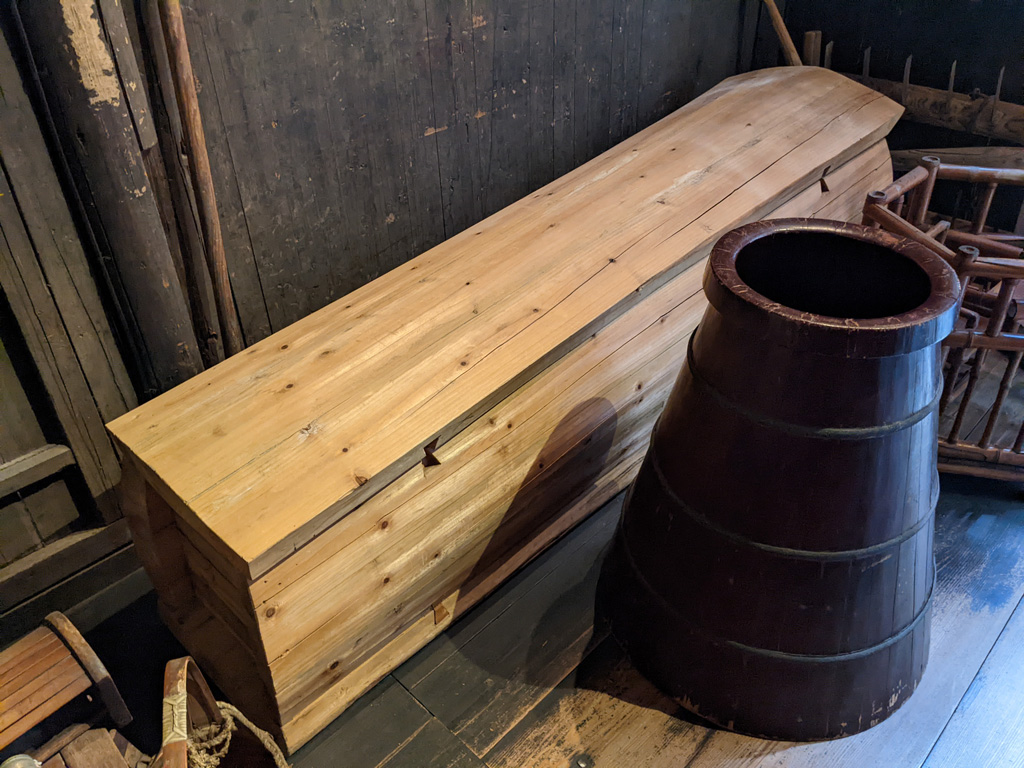
This looks like a coffin, but it could just be a storage bin.
|

|
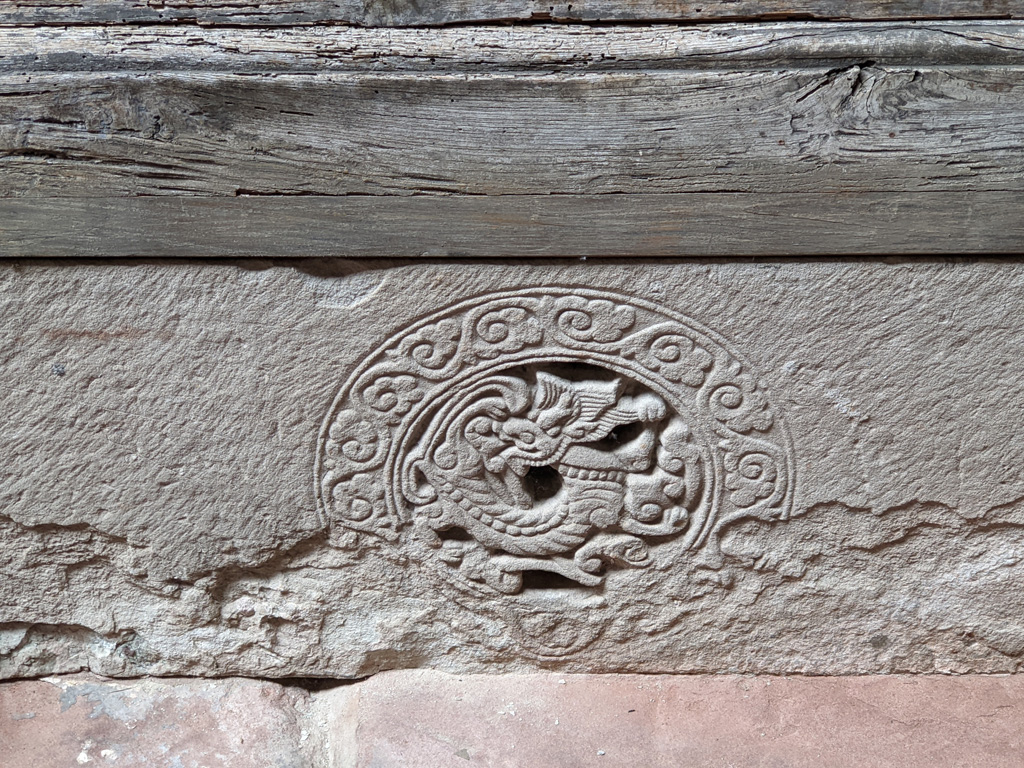
|
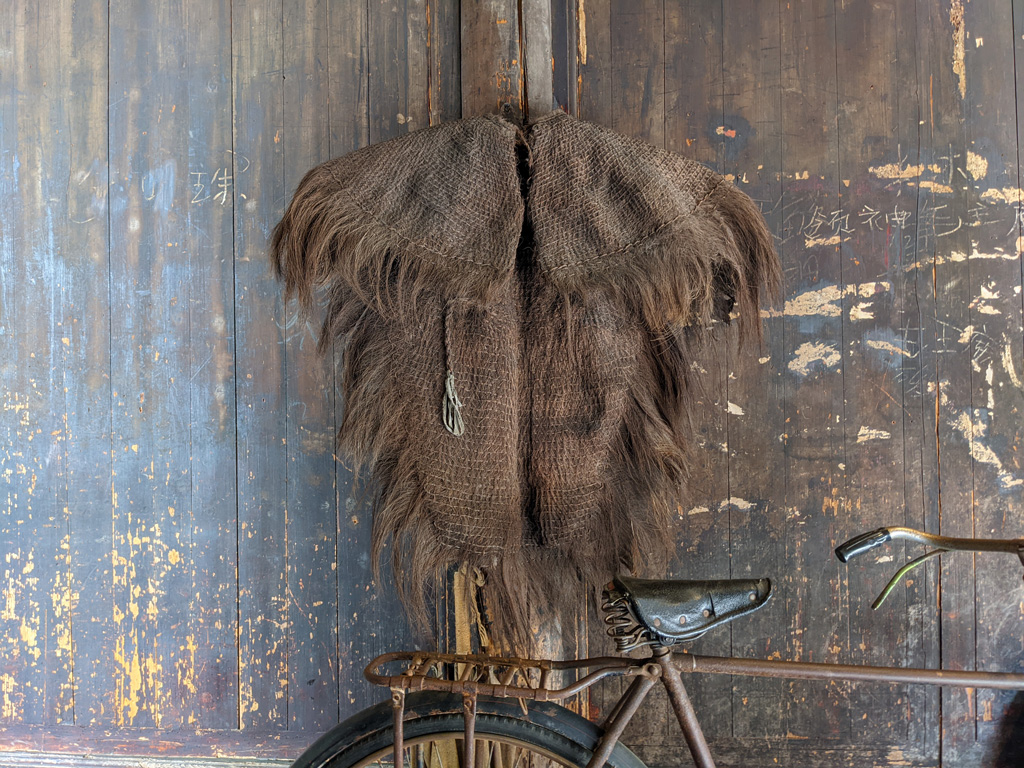
A raincoat. Mei-O's father used to have one like this.
|
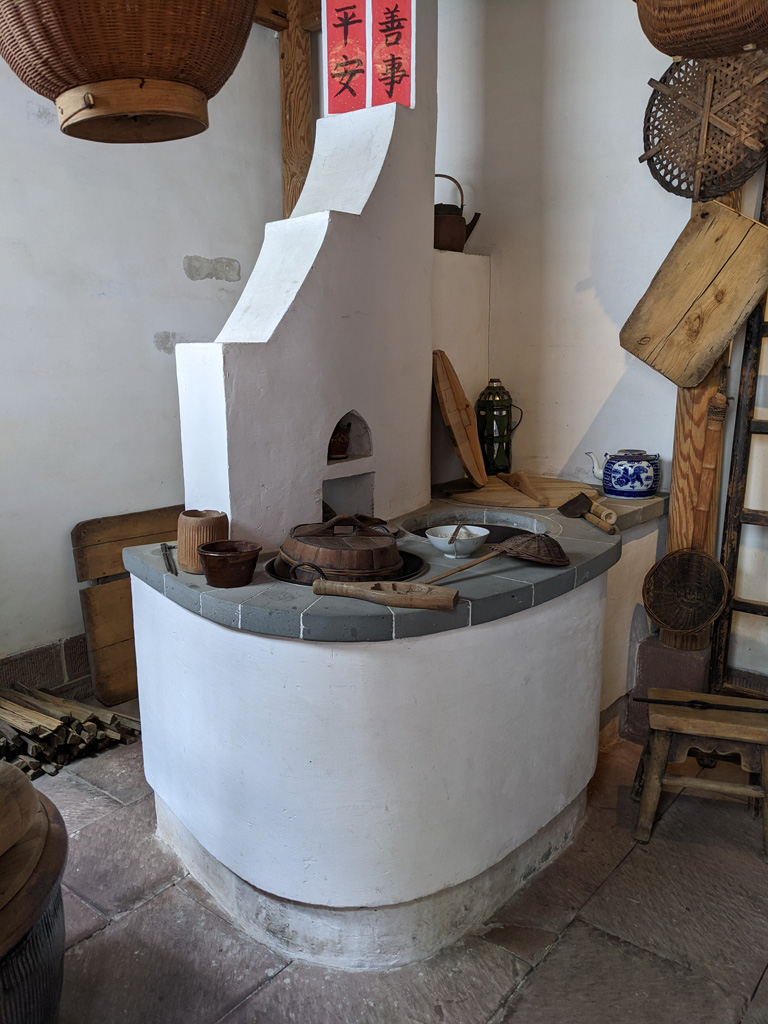
The kitchen. Here's another look.
|

|
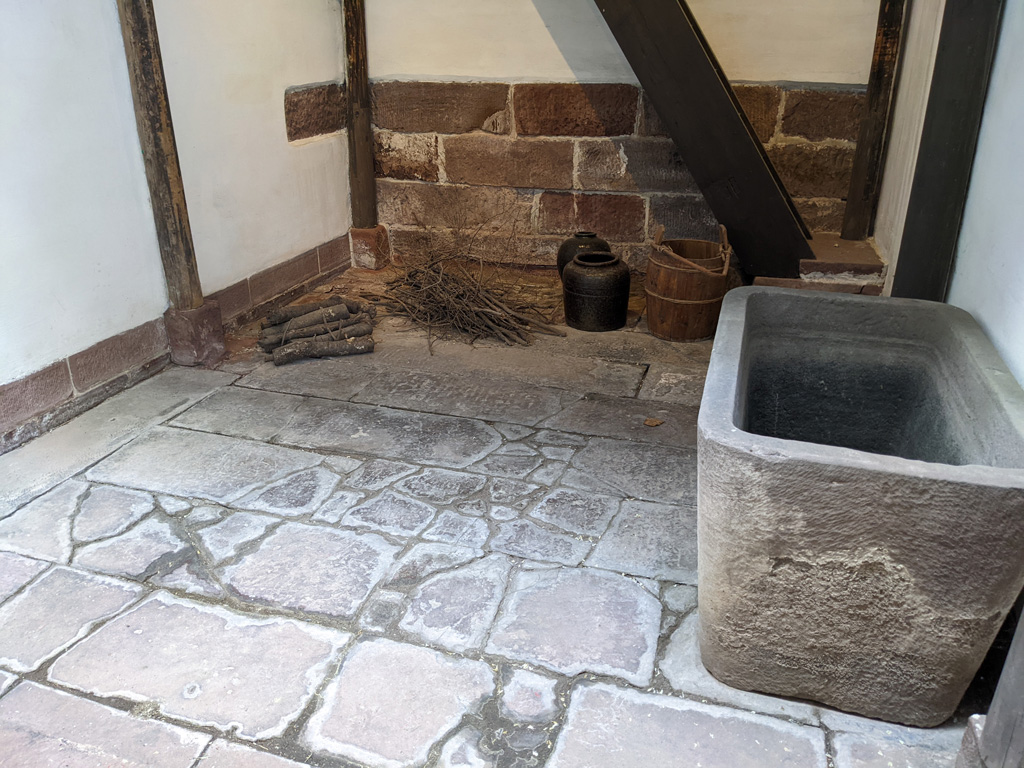
|

|
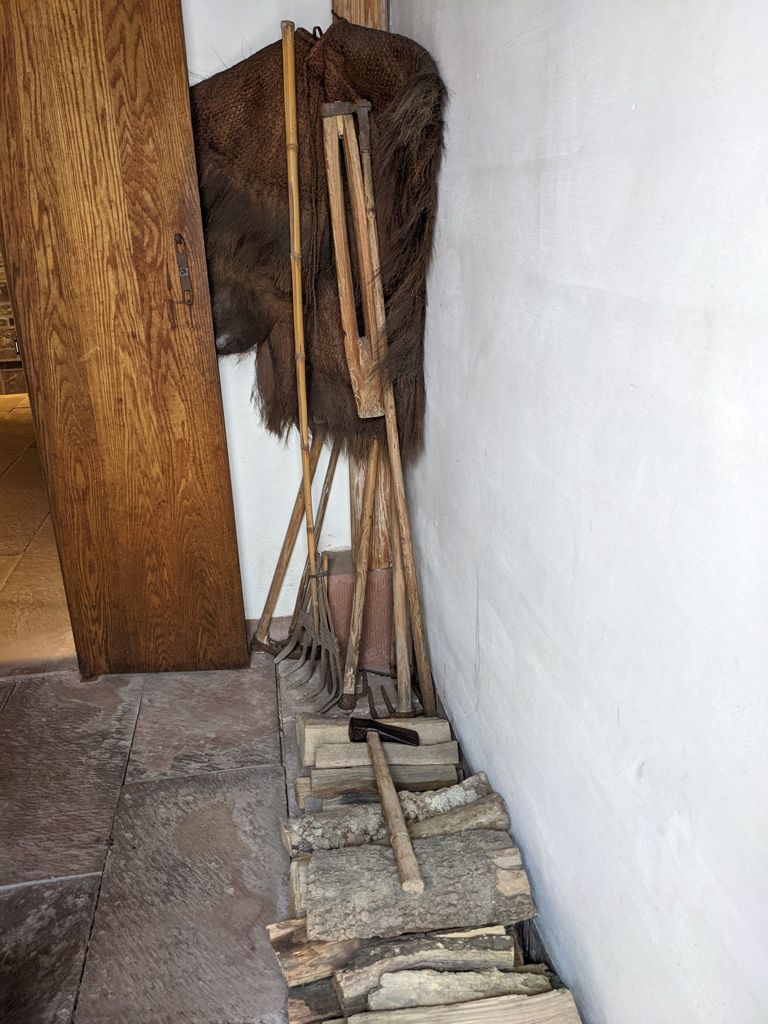
|
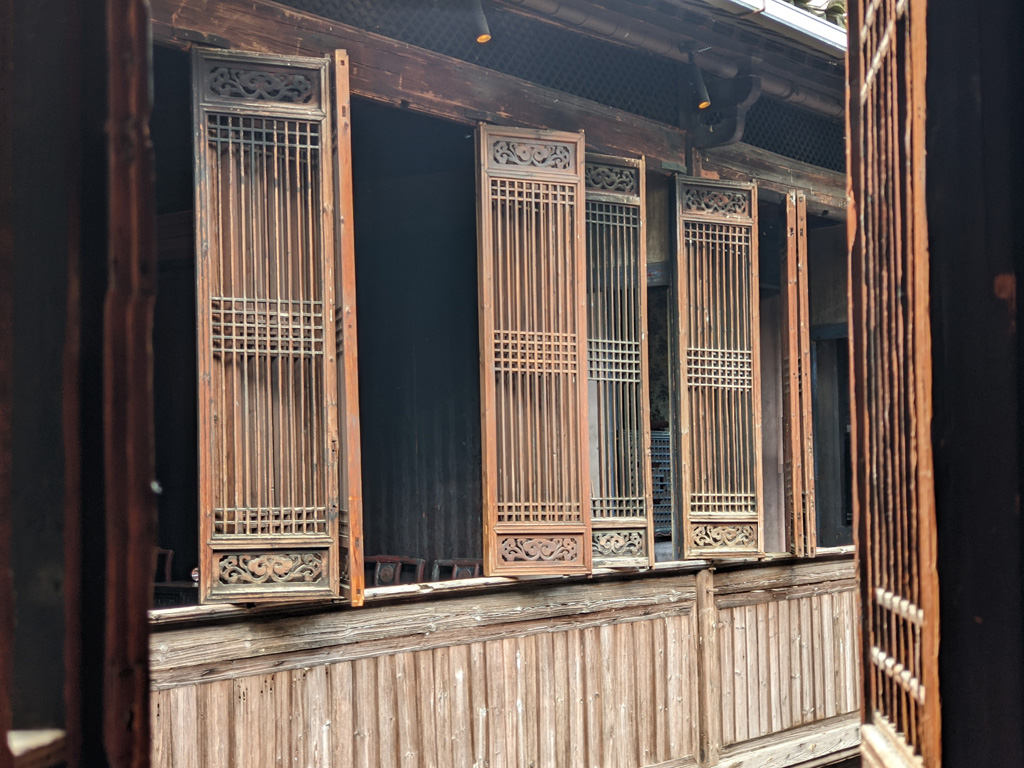
On the second floor.
|
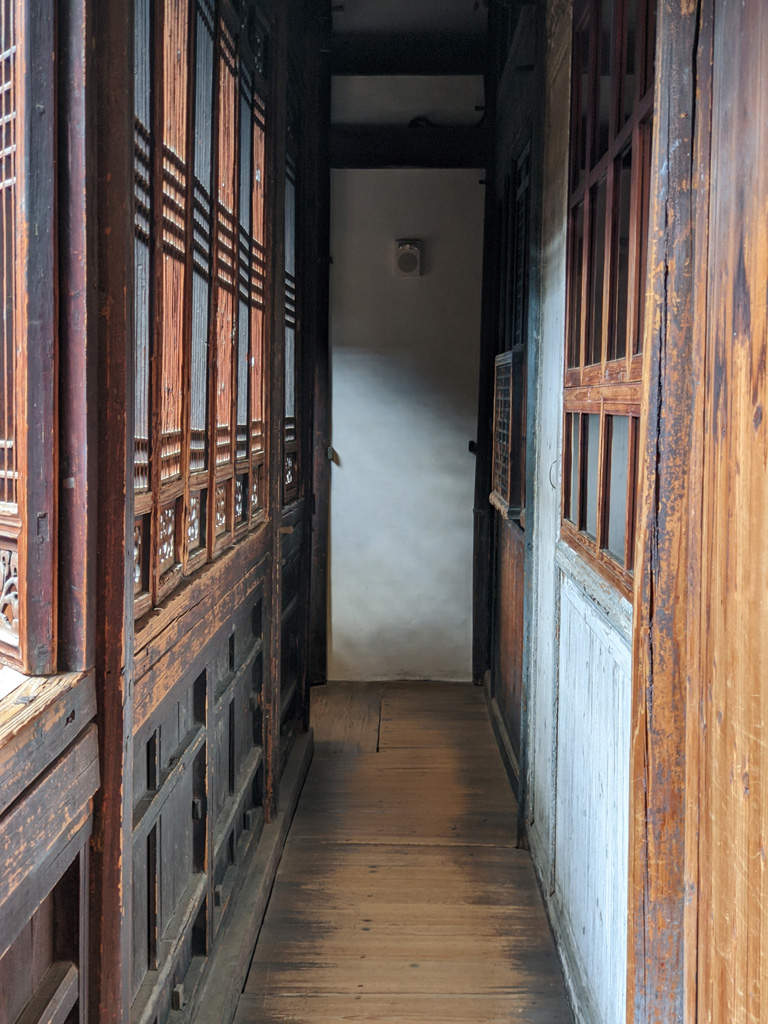
|
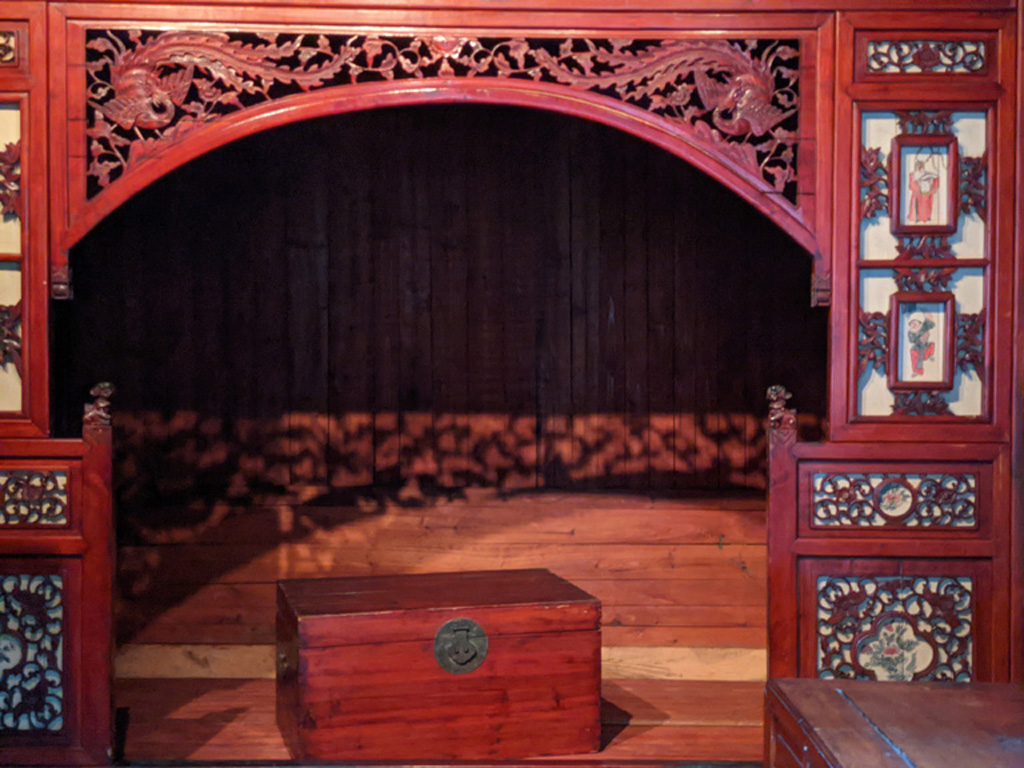
|
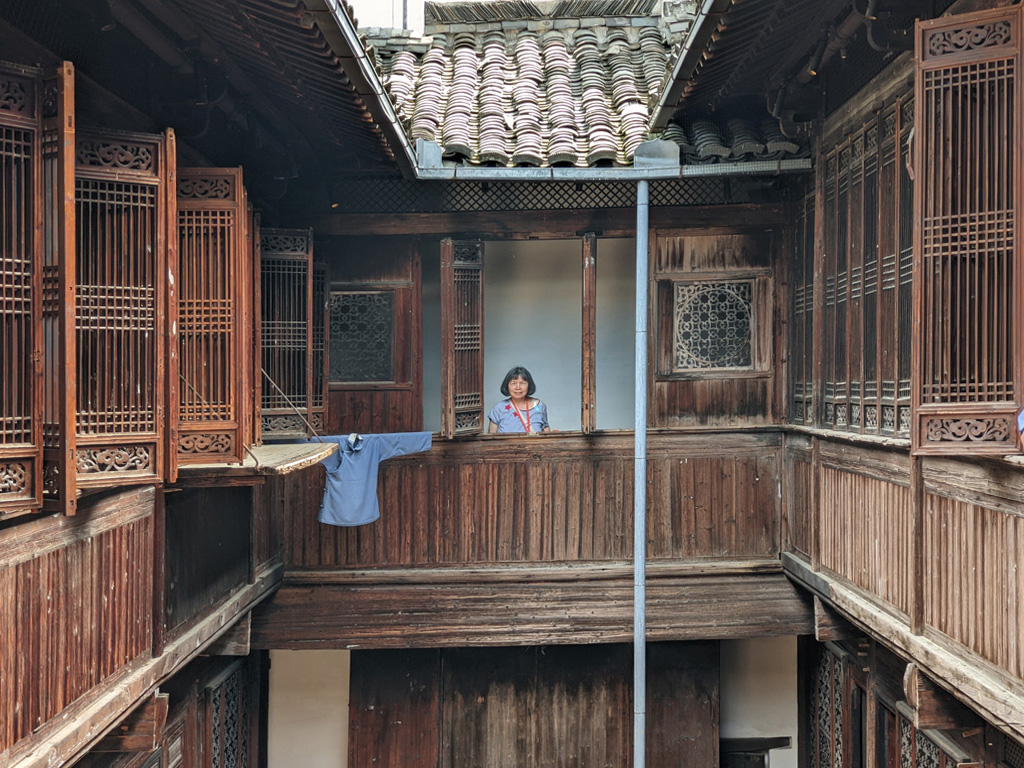
Here's me.
|
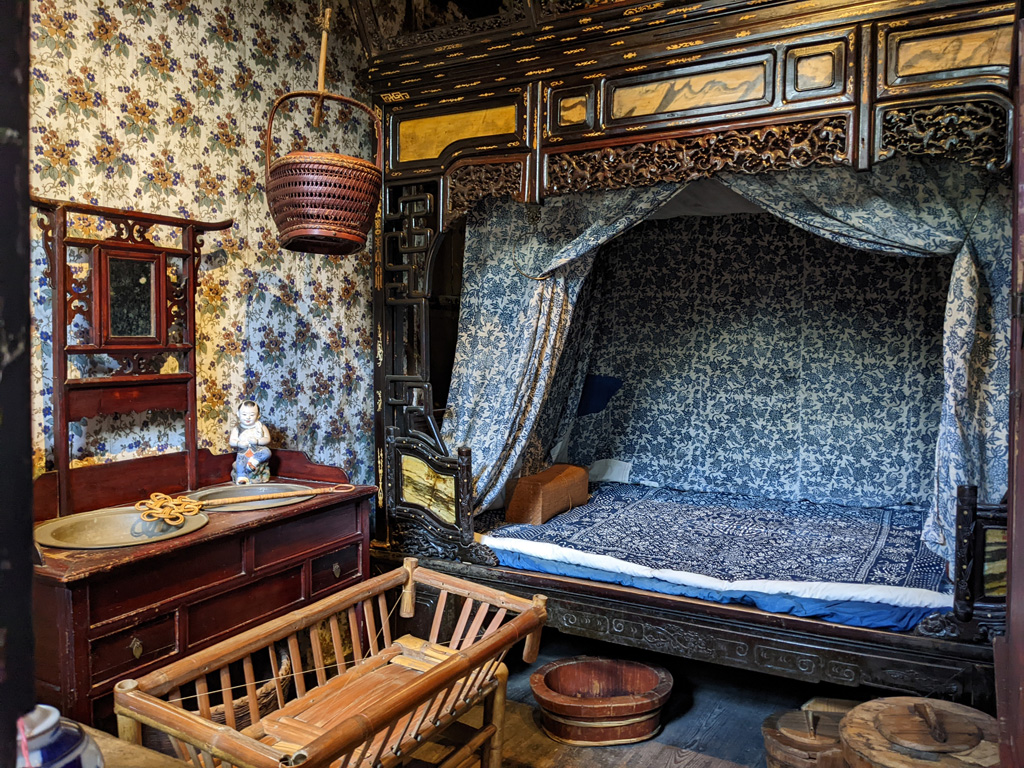
One of the bedrooms.
|
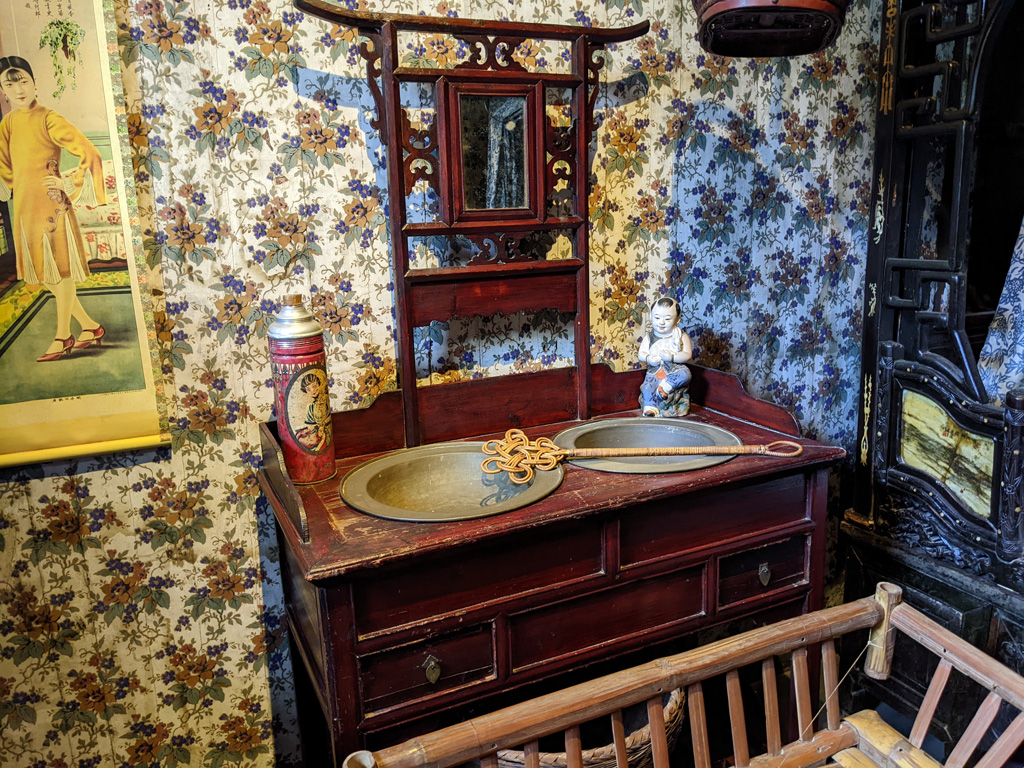
|
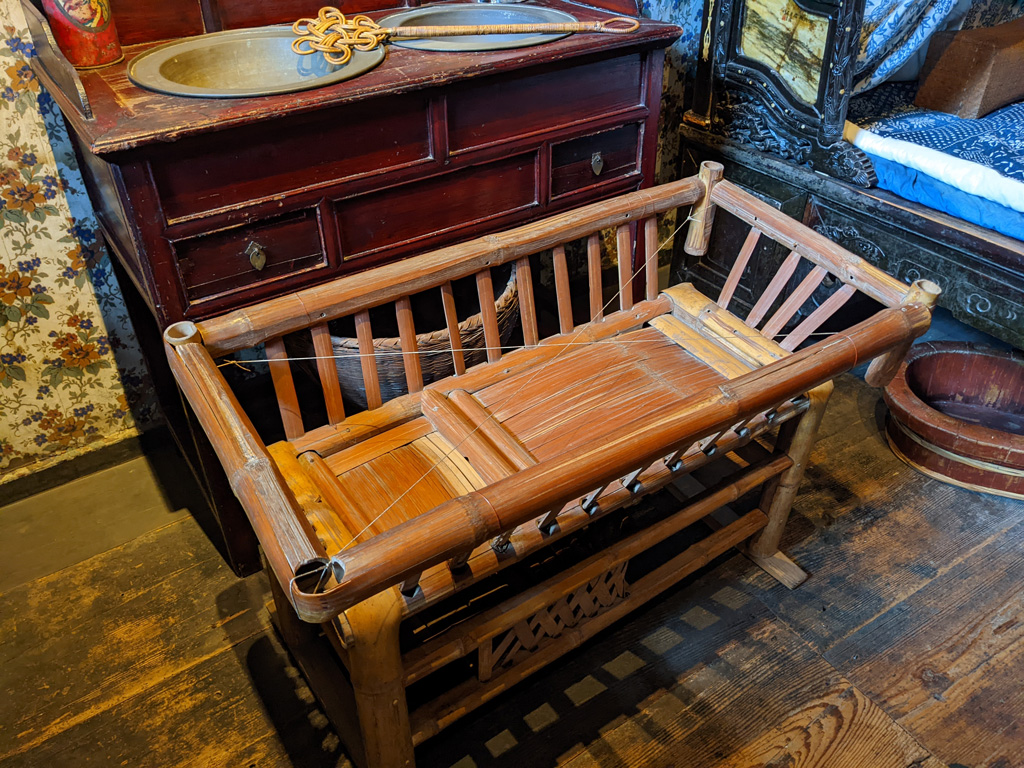
A baby bed or bassinet.
|
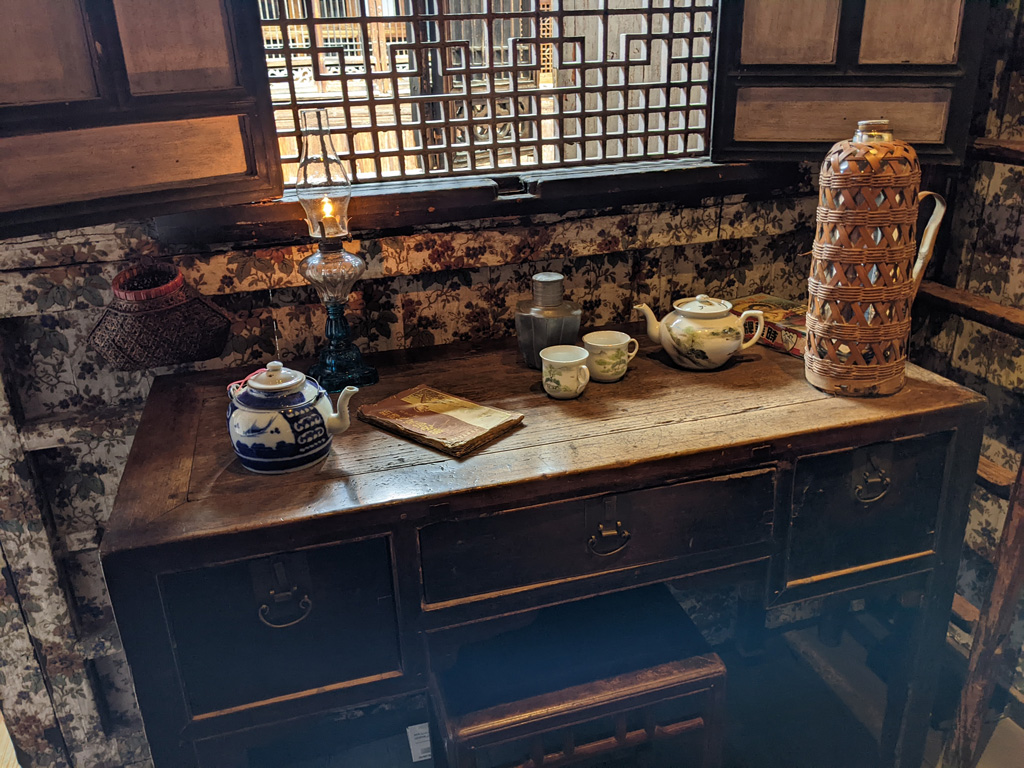
|
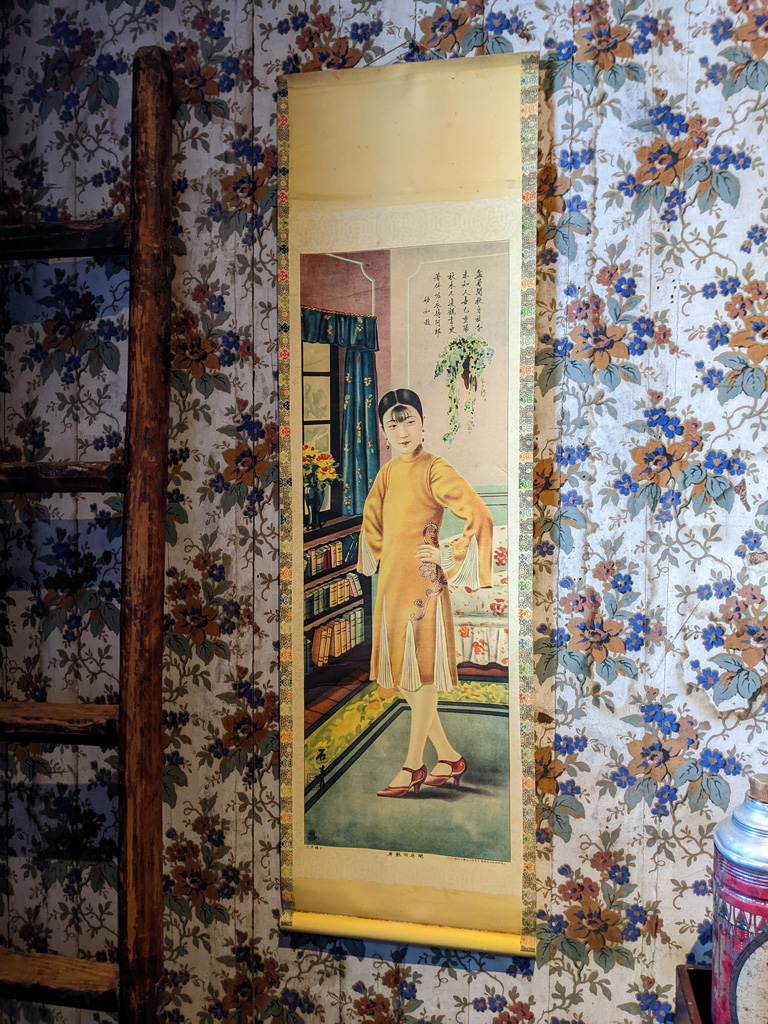
|
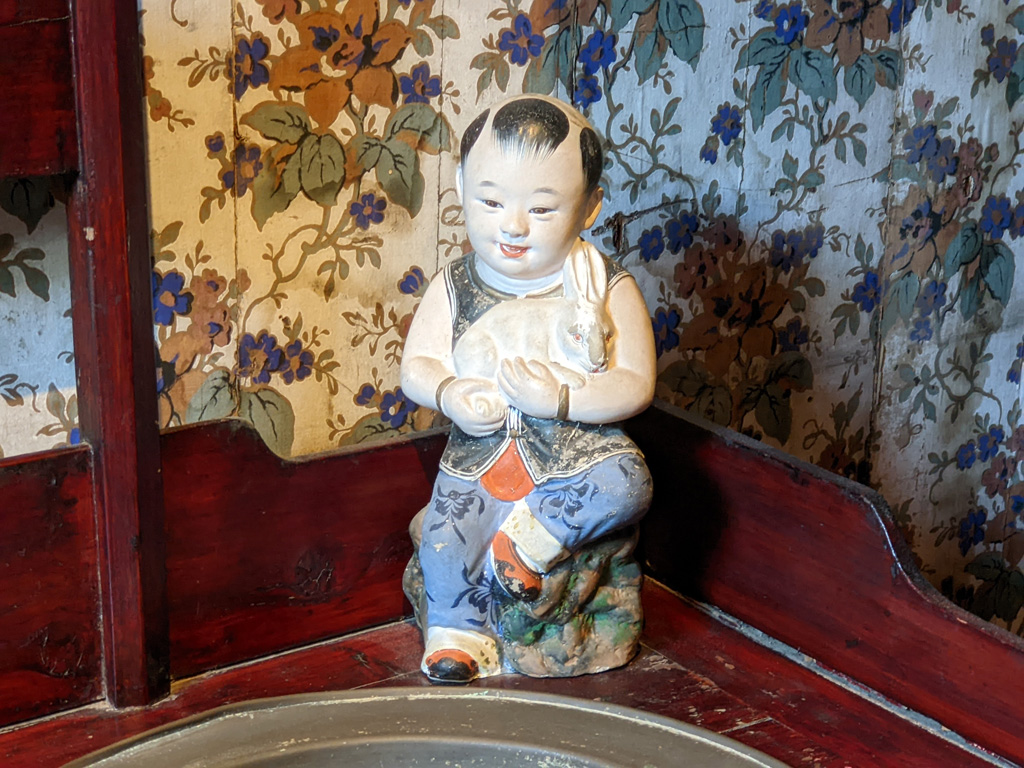
|
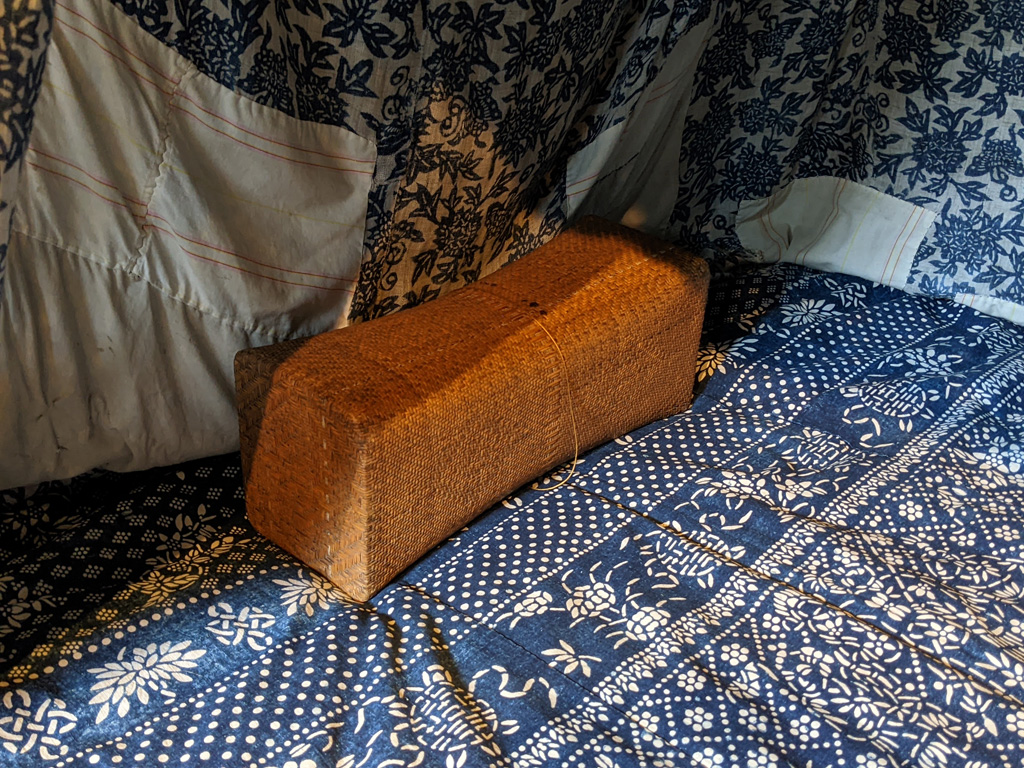
A pillow.
|
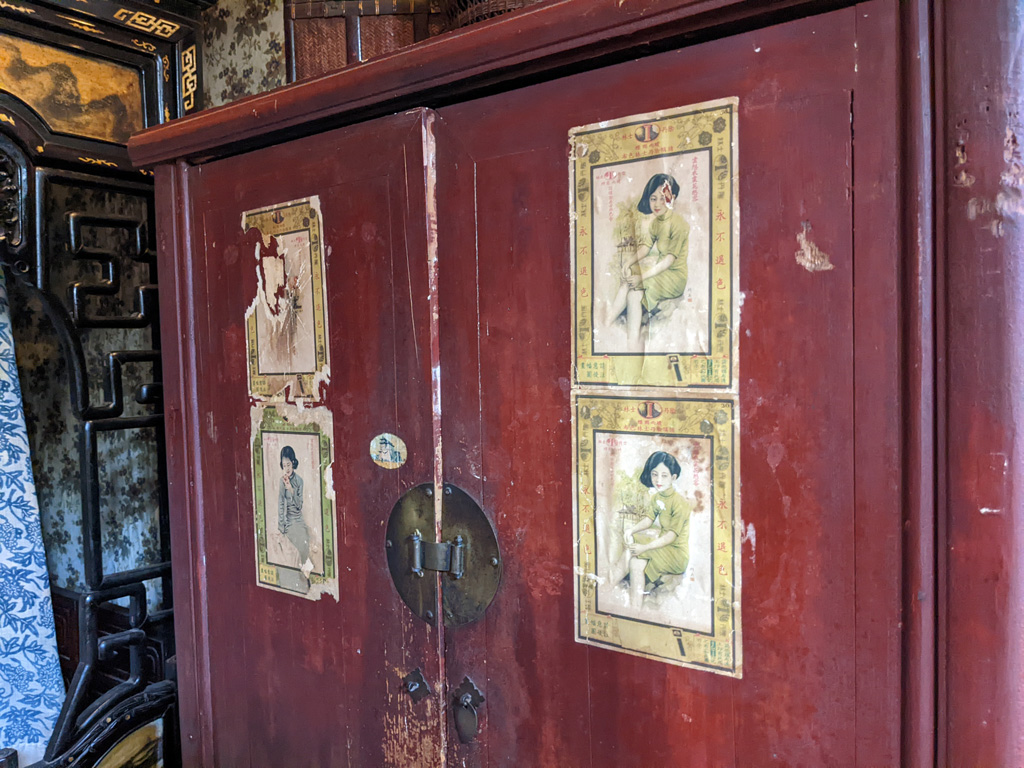
|
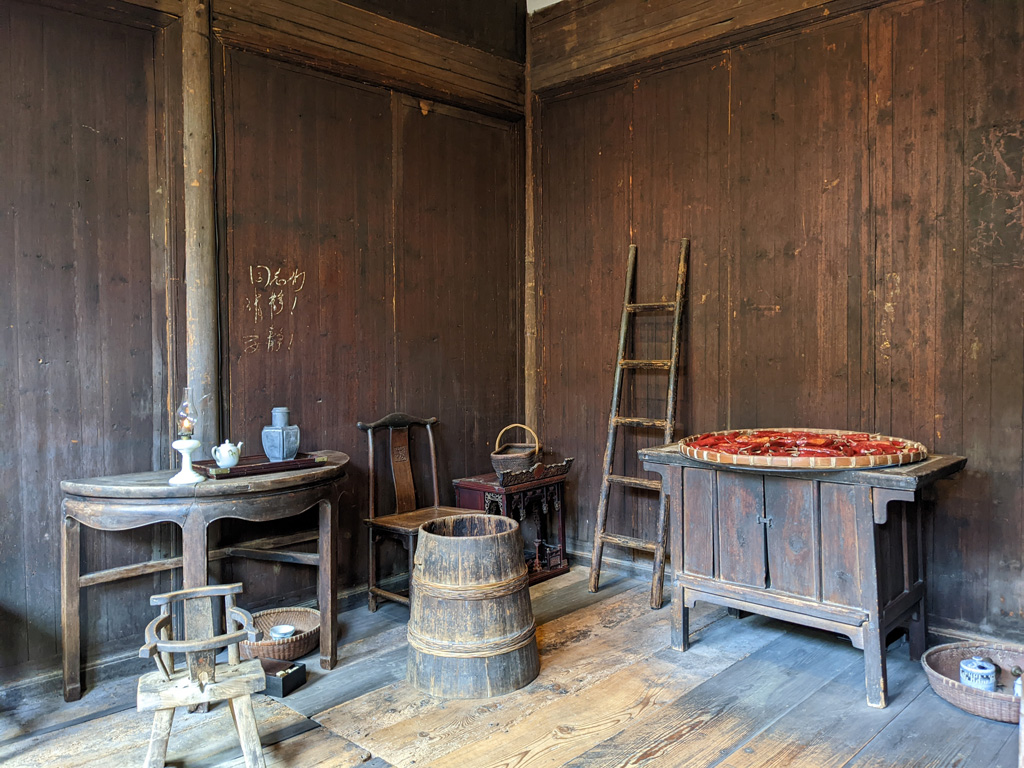
|
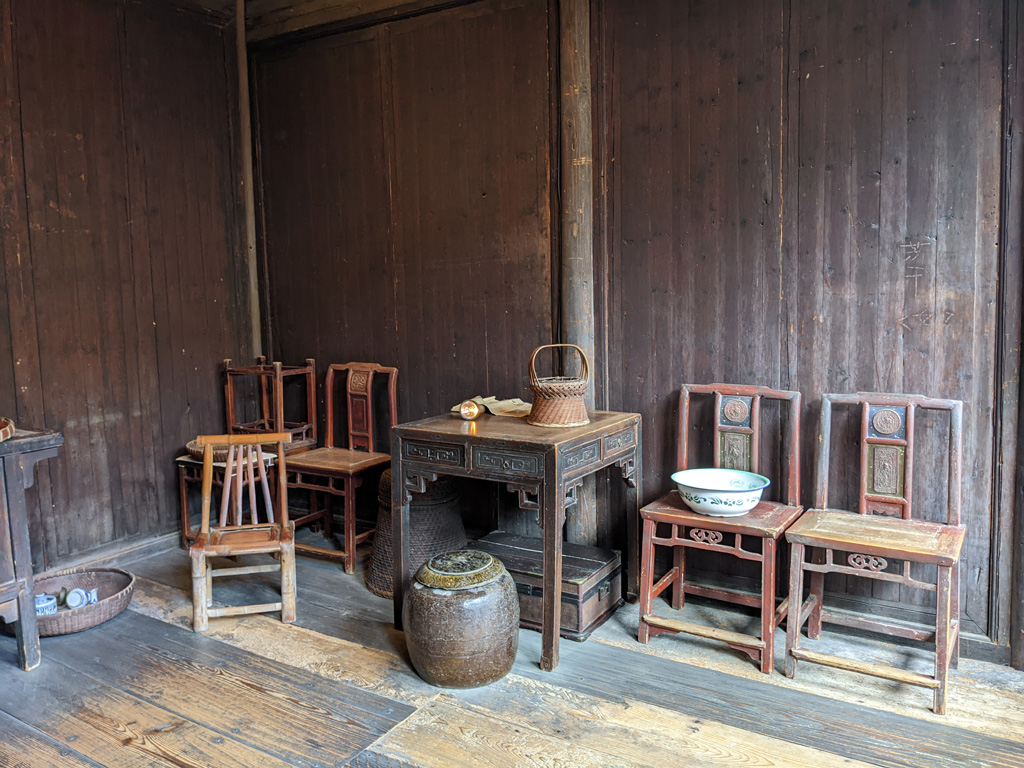
|
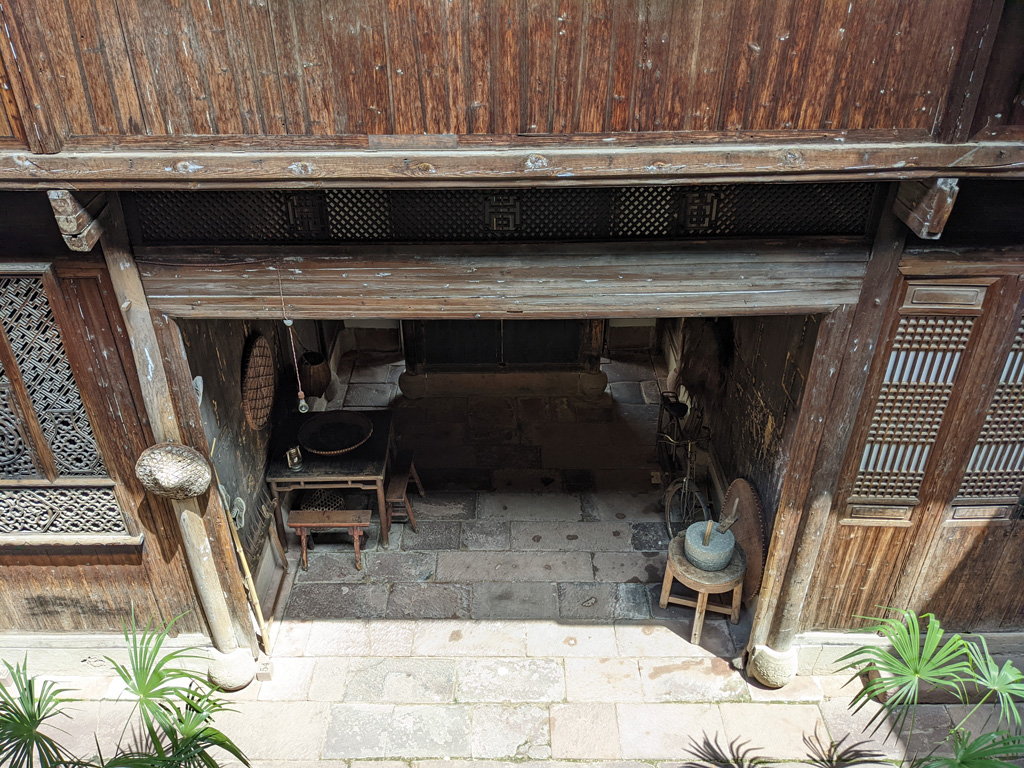
|

|

|
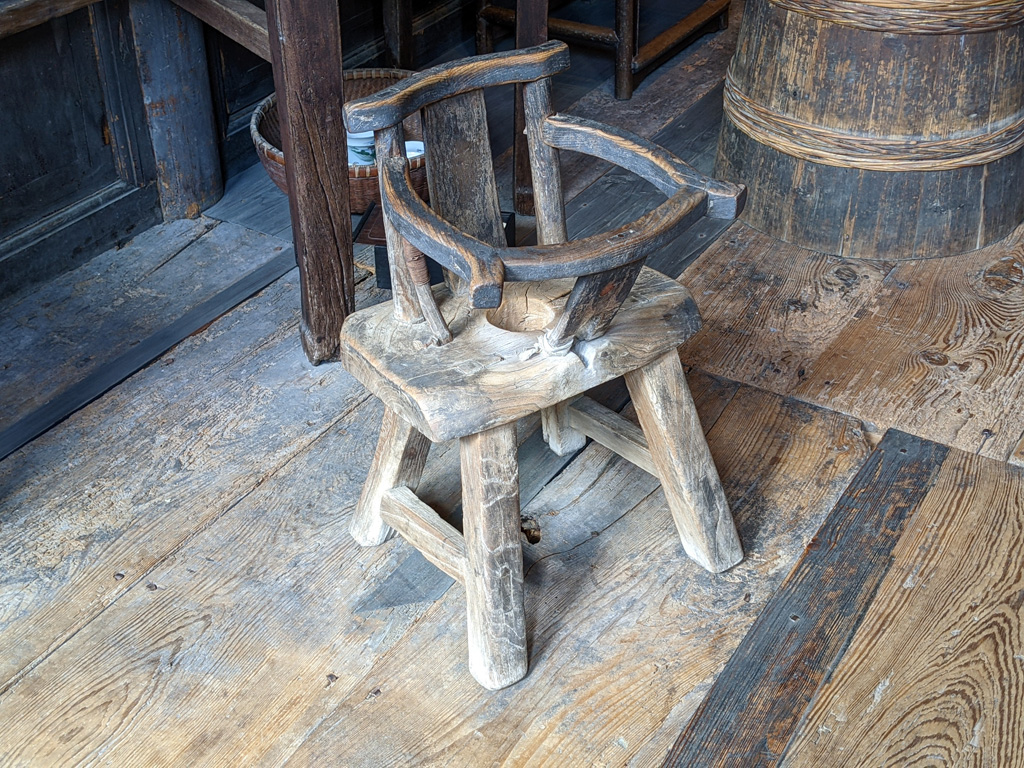
A high chair for a toddler.
|
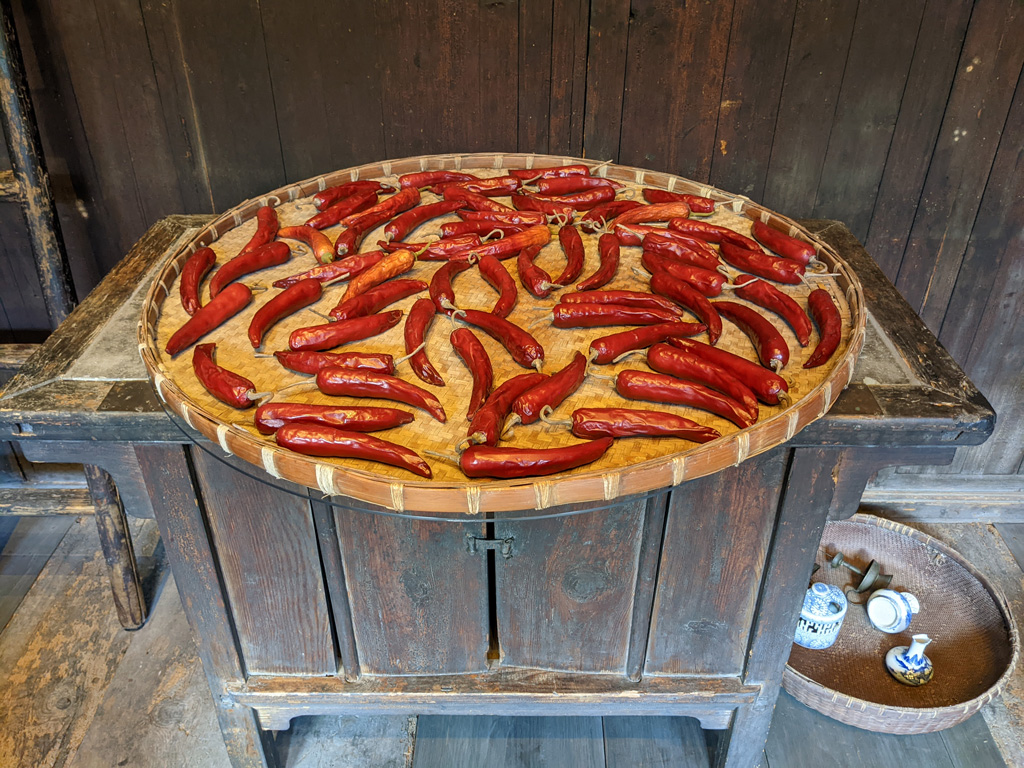
|
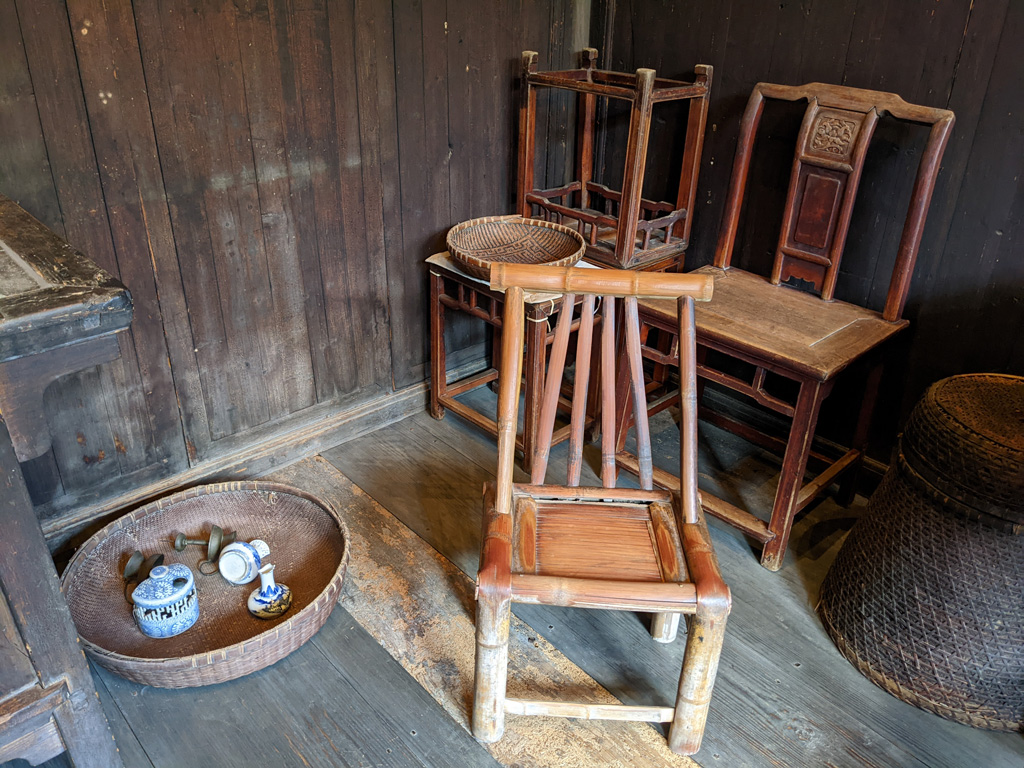
|
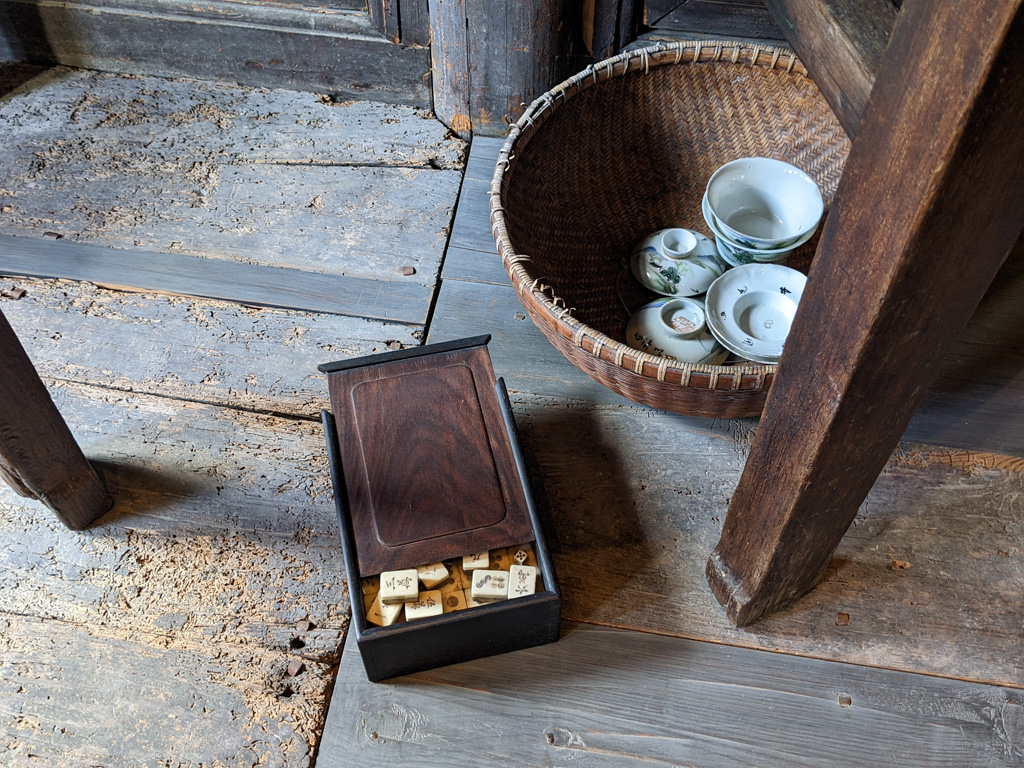
A mahjong set.
|
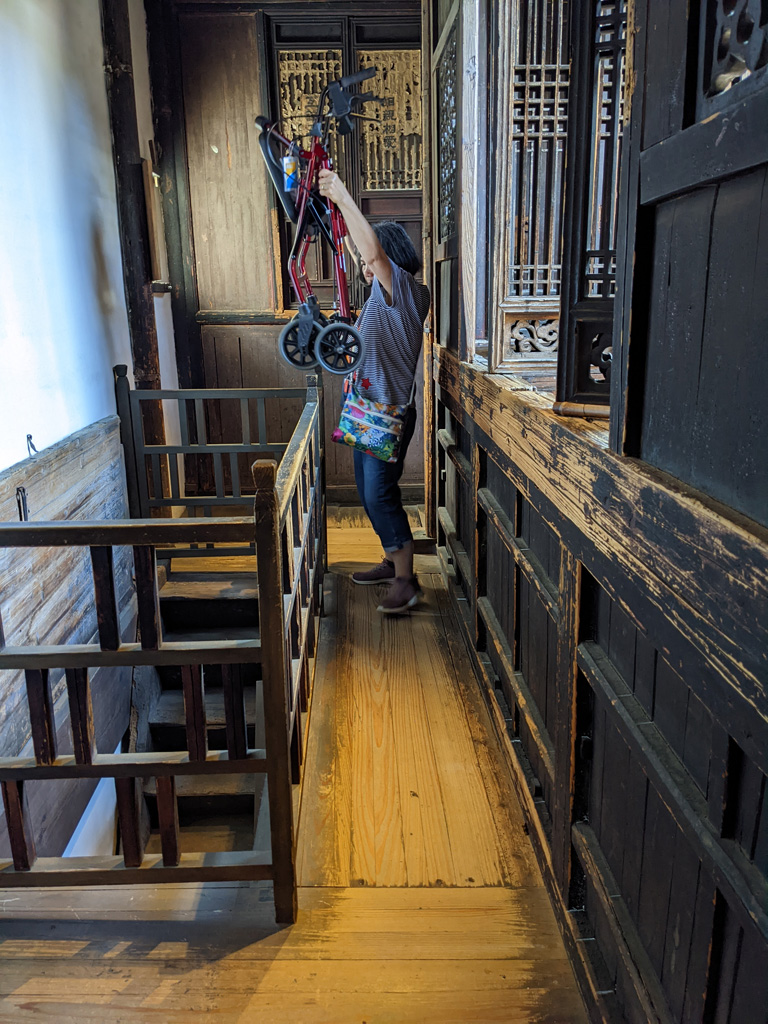
The hallway was too narrow for my walker to walk through, so we had to fold it up and have Mei-O carry it.
|
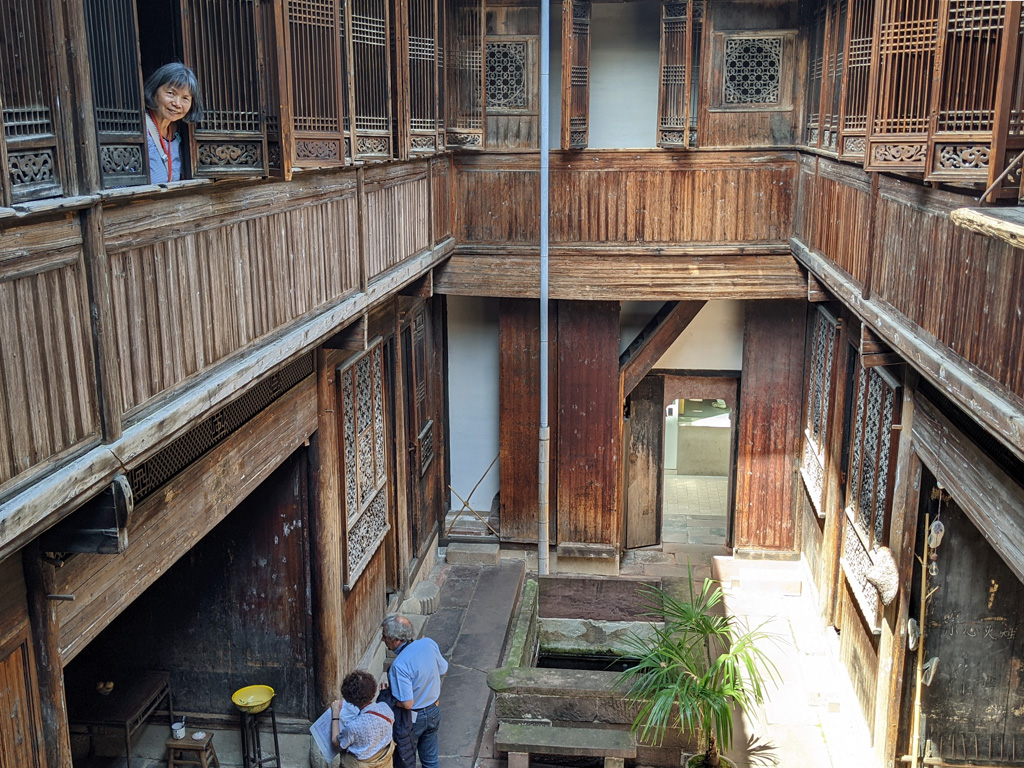
|
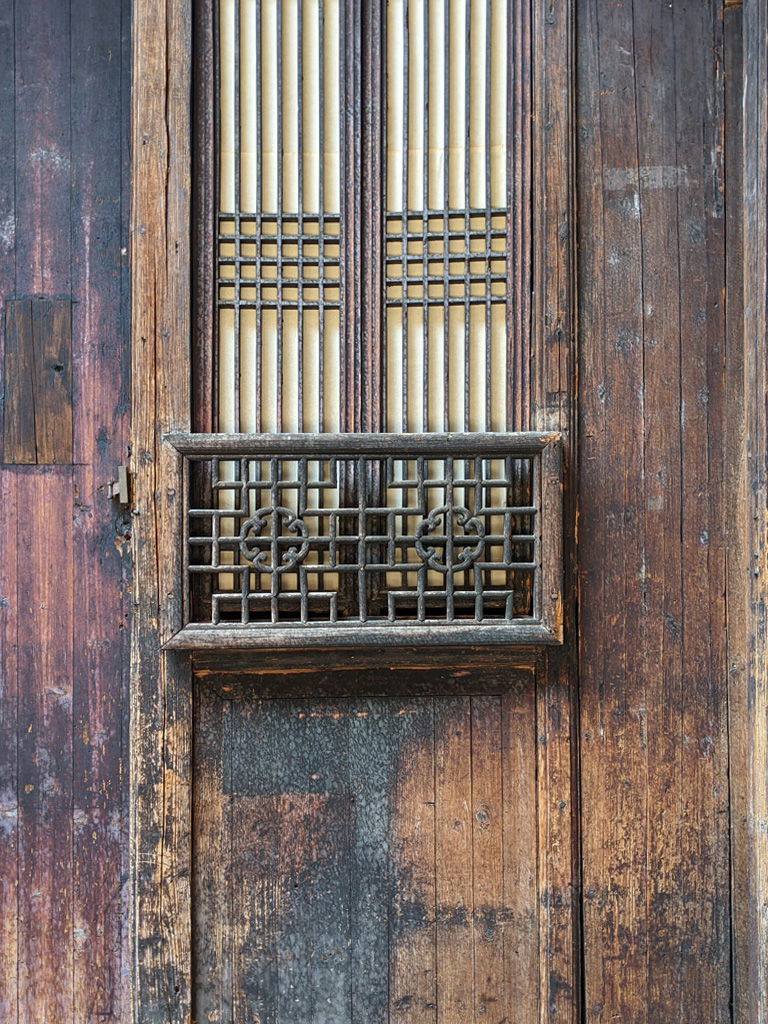
|
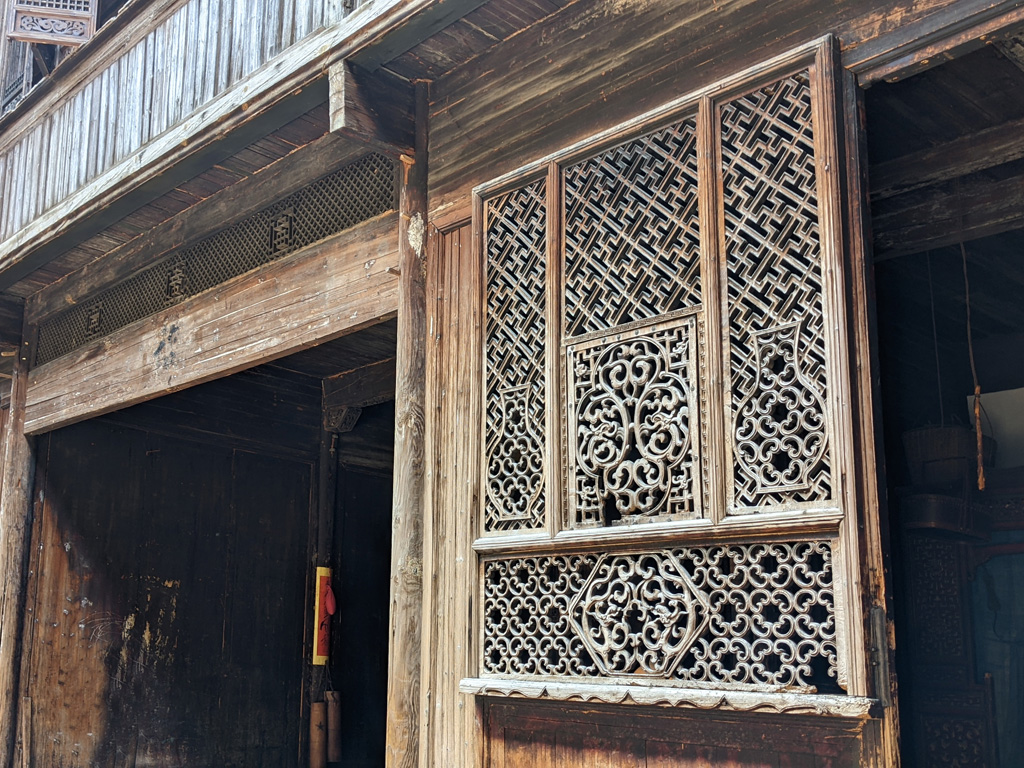
|
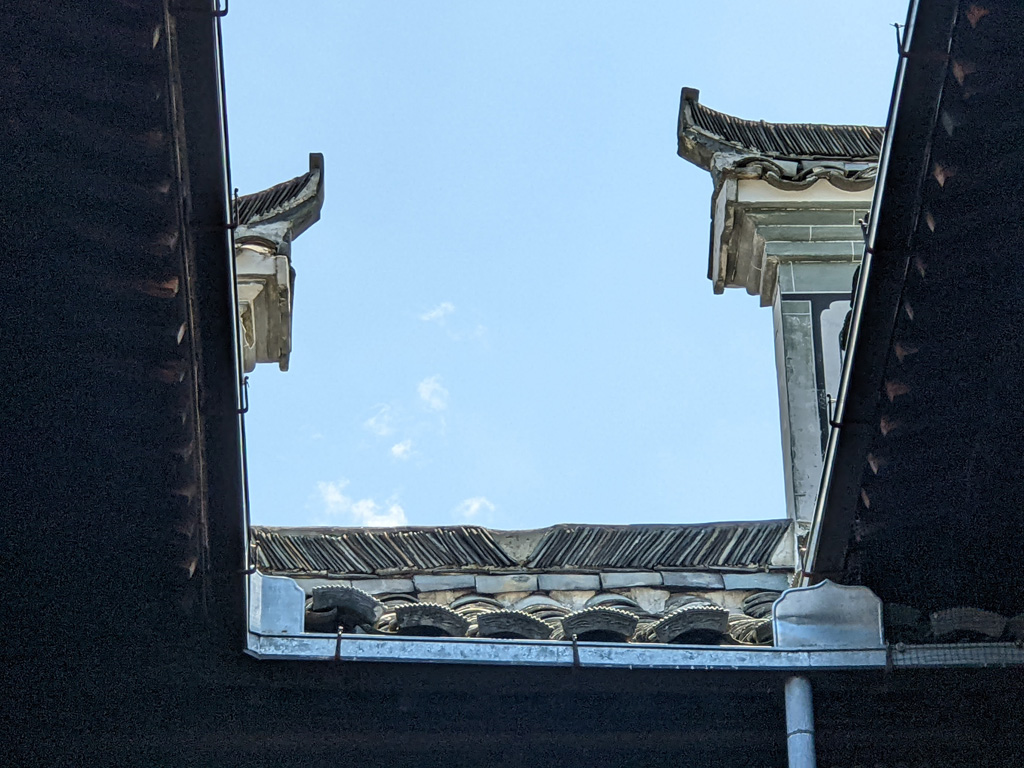
The main courtyard was open to the elements.
|
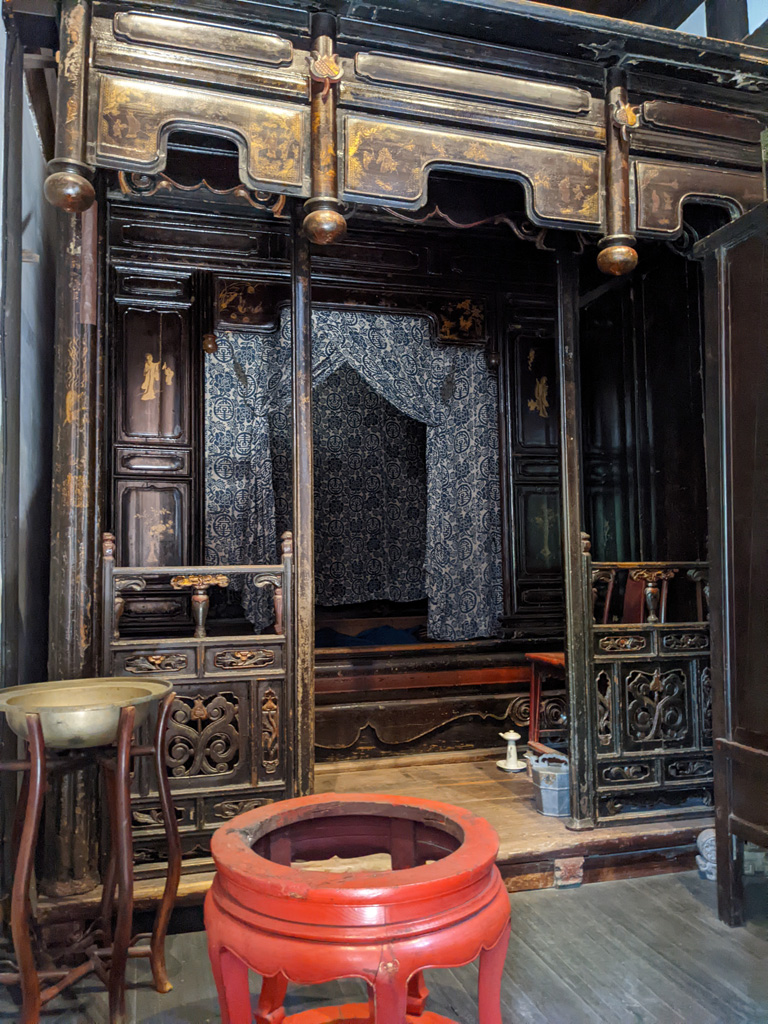
Another bedroom.
|
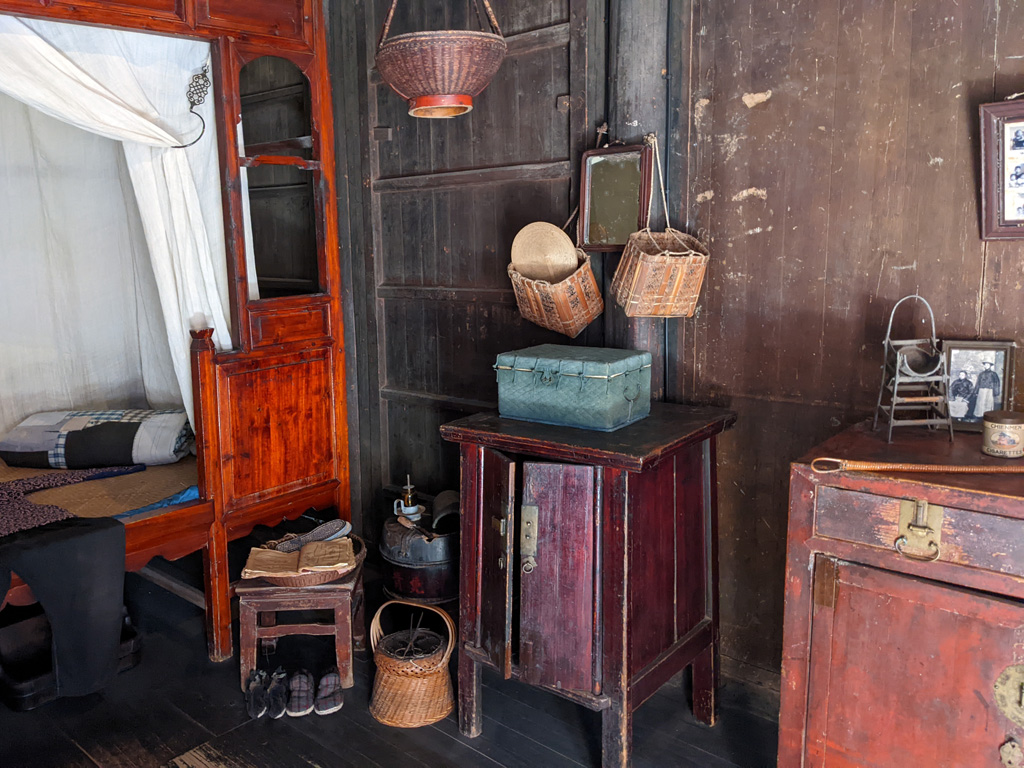
Here's another look.
|
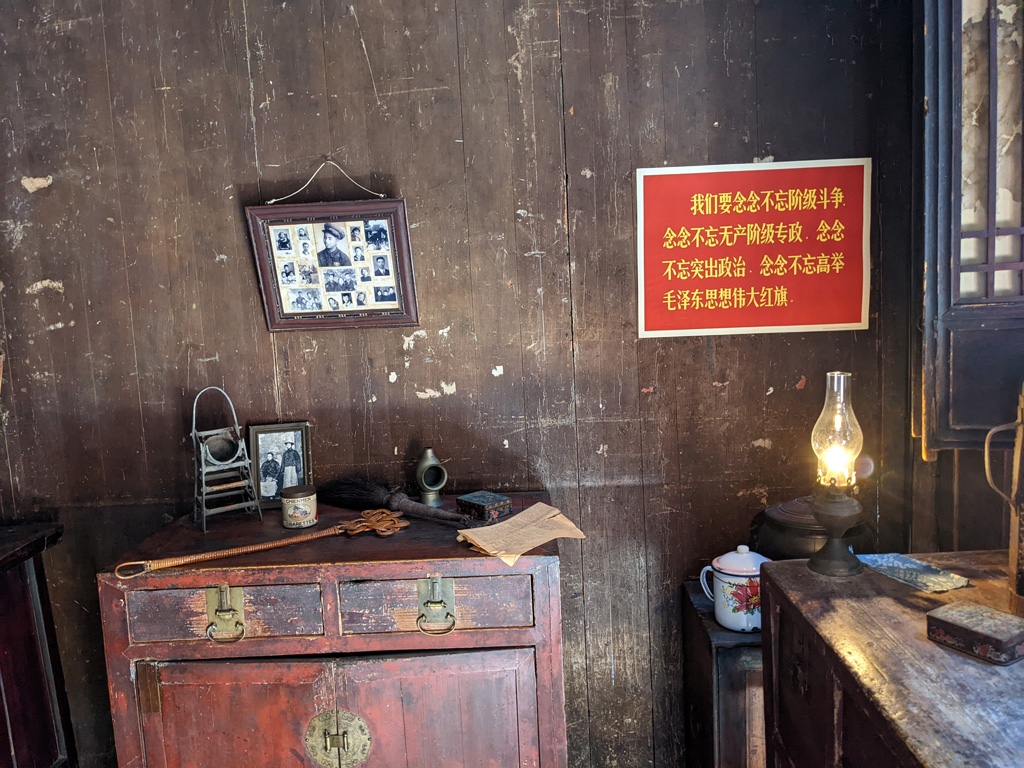
Here's a closer look at the pictures. The poster reads "We must never forget the class struggle. Never forget the dictatorship
of the proletariat. Never forget to highlight politics. Never forget to hold high the great red flag of Mao Zedong's Thought."
|
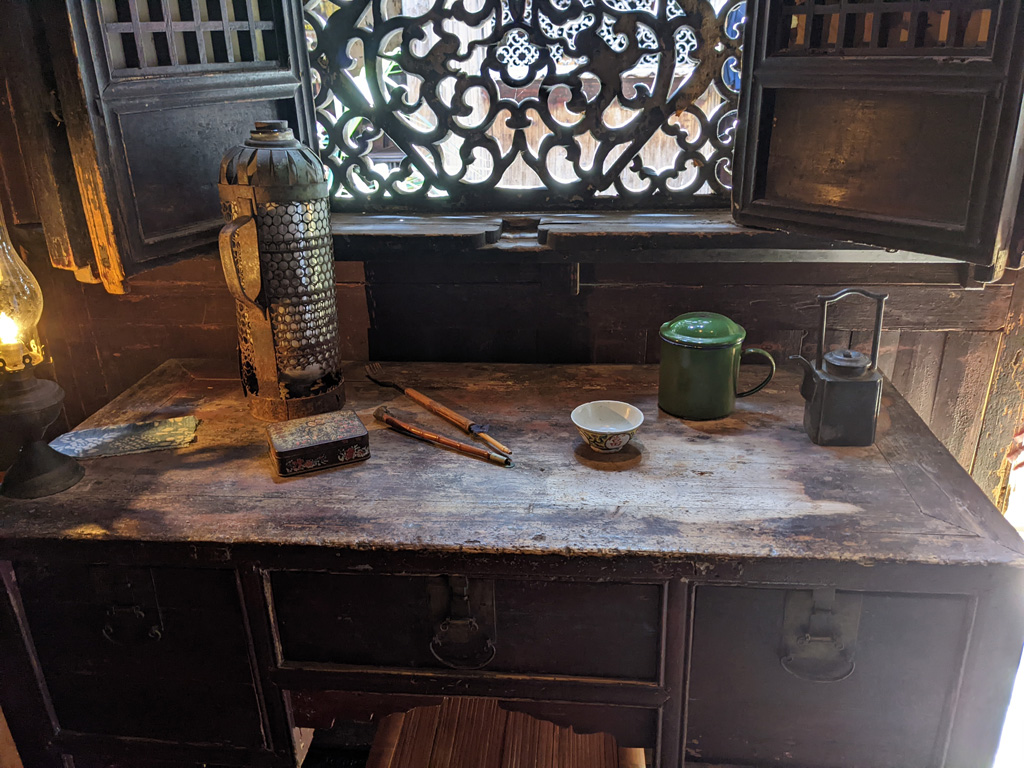
|
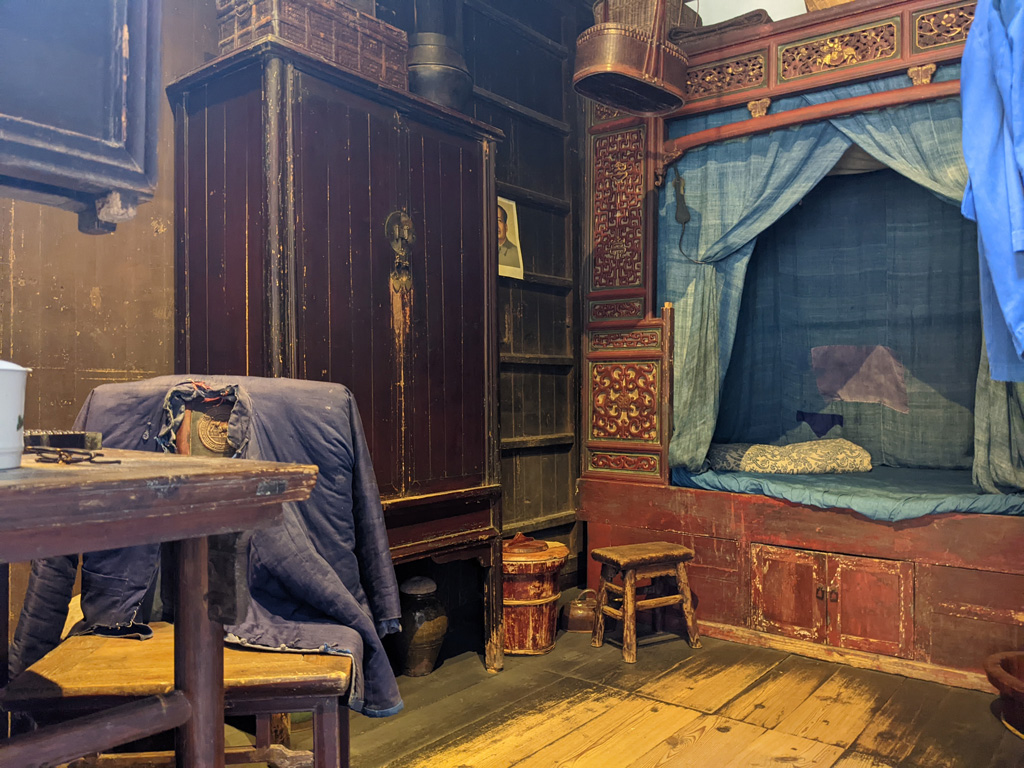
|
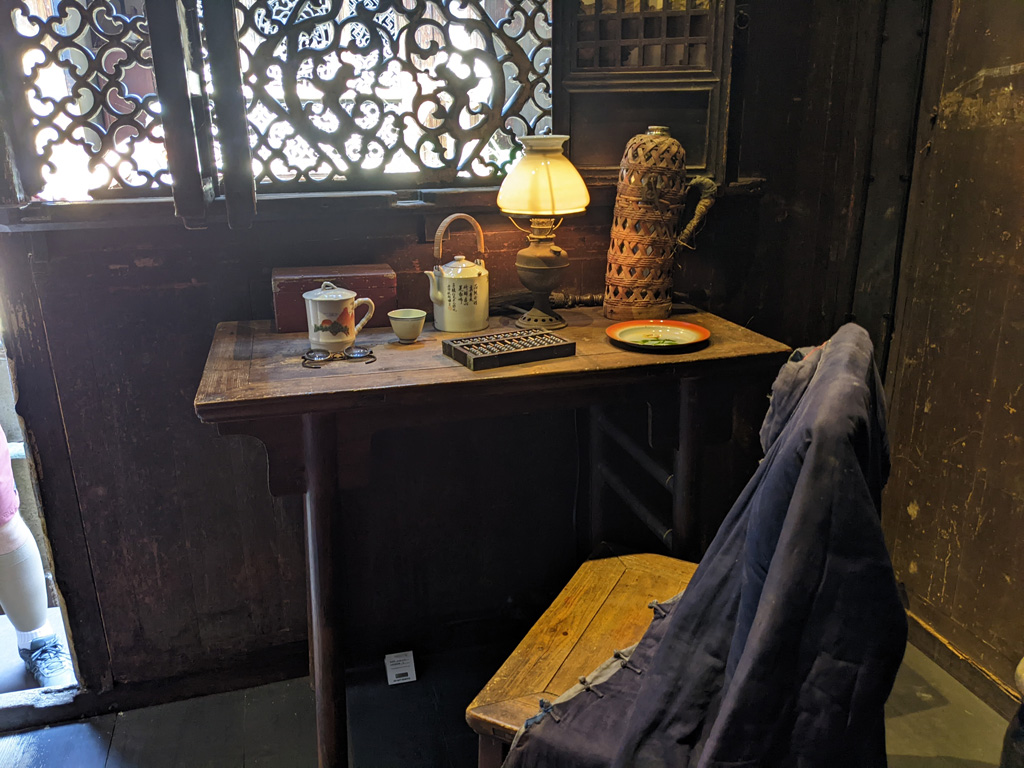
|
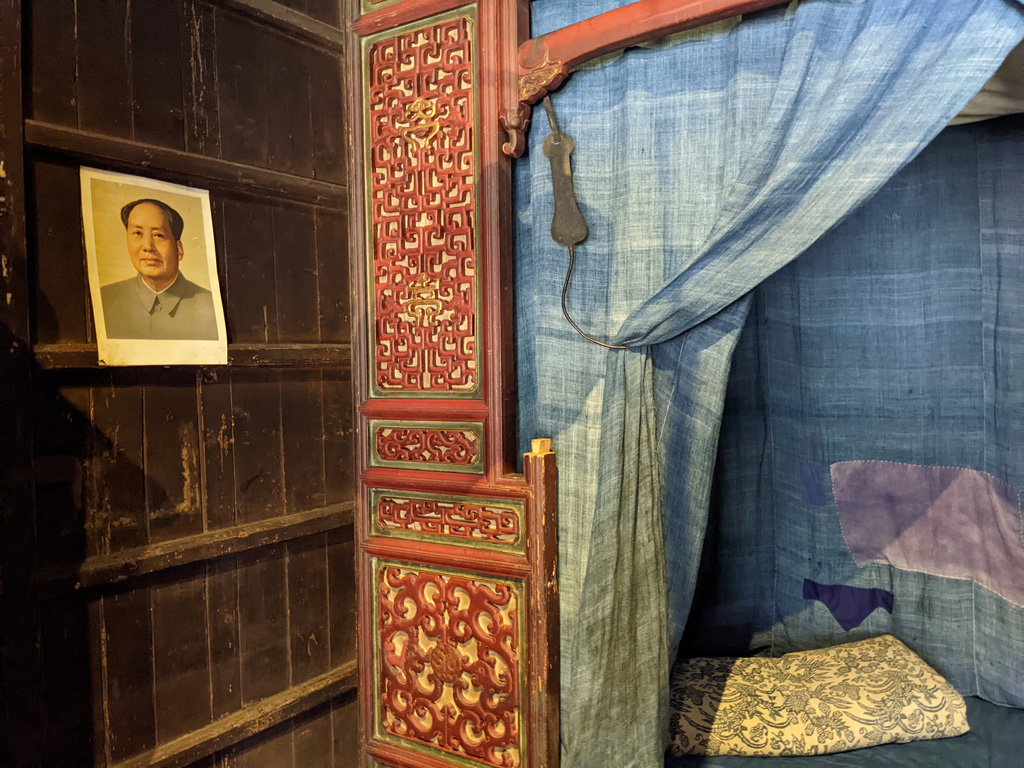
That's Chairman Mao Zedong's picture on the wall.
|
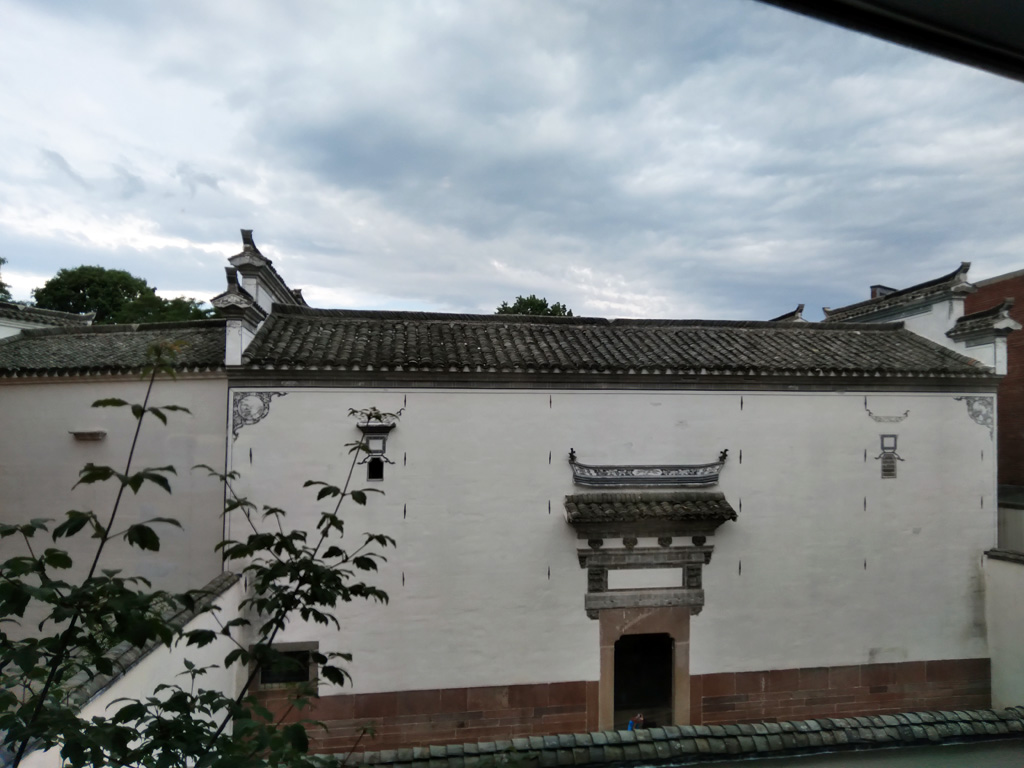
One of the entrances.
|
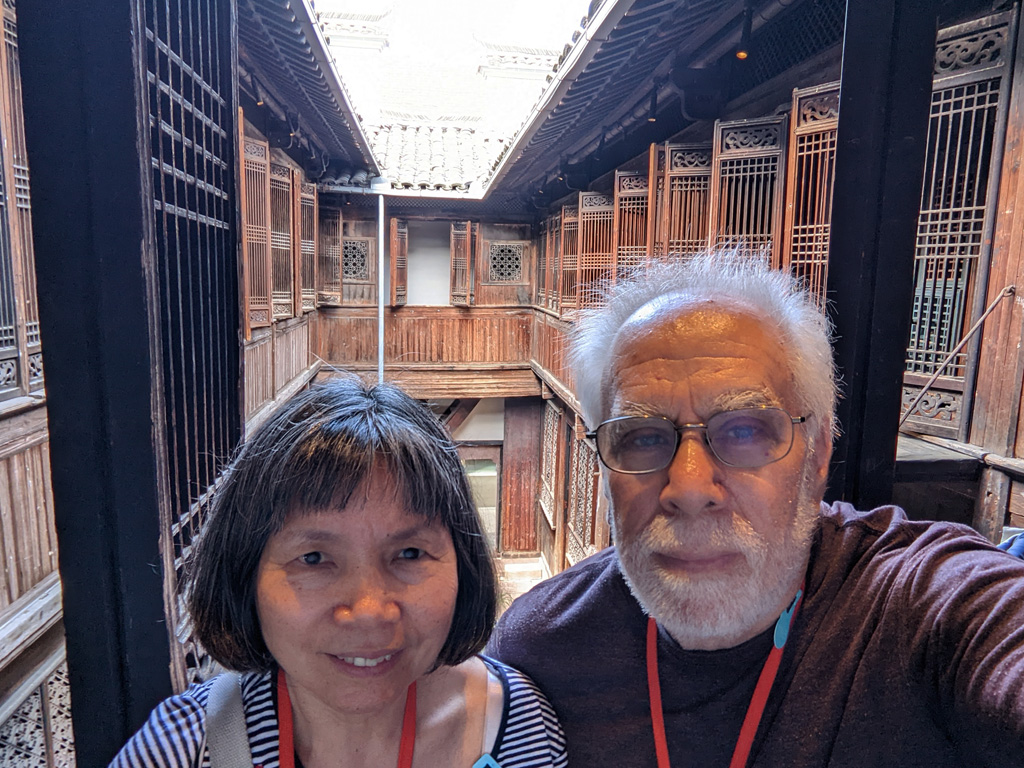
Click here to return to the first picture or here to
return to the "A Year In Photos - June, 2022" web page.
|

























































